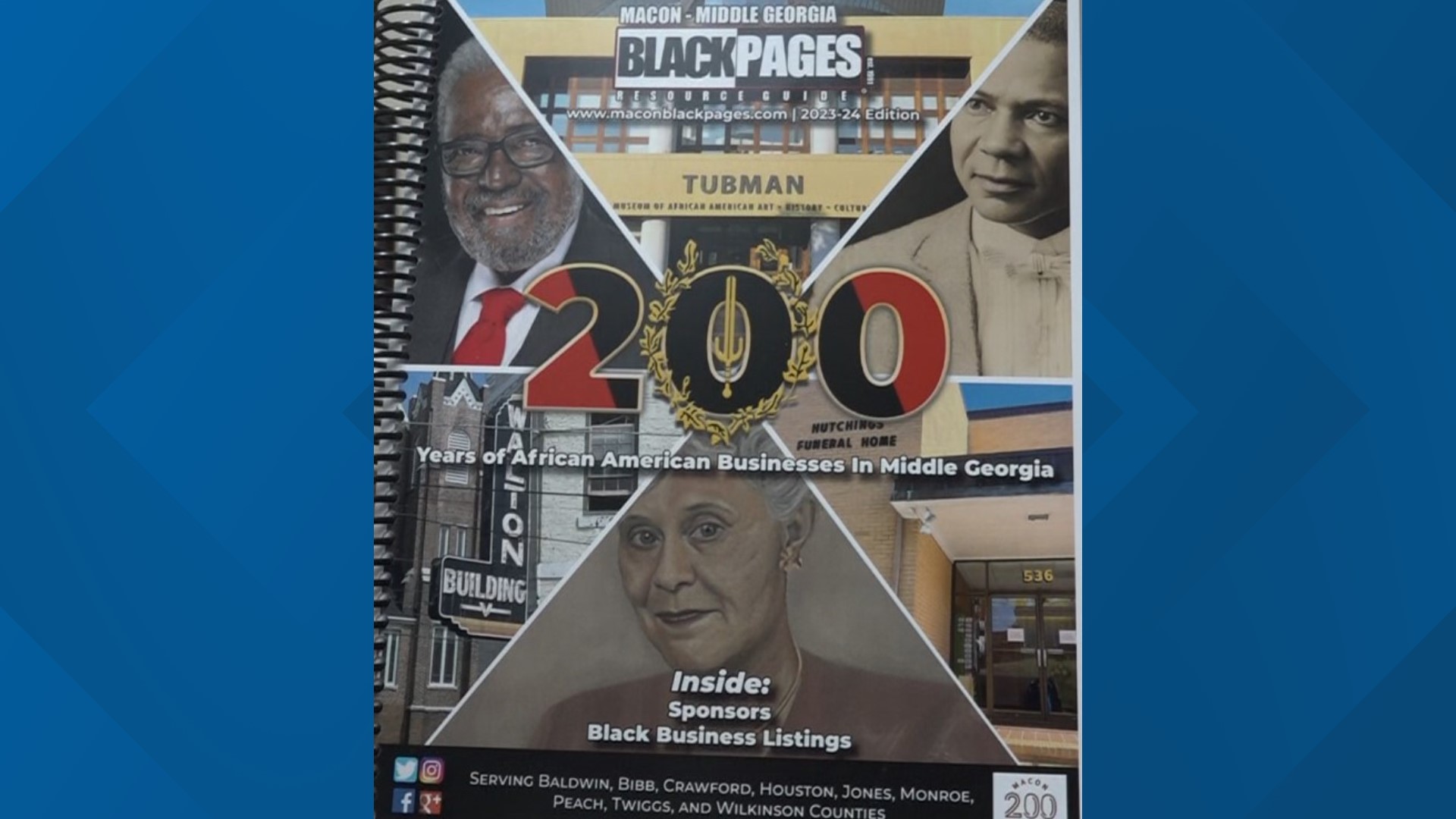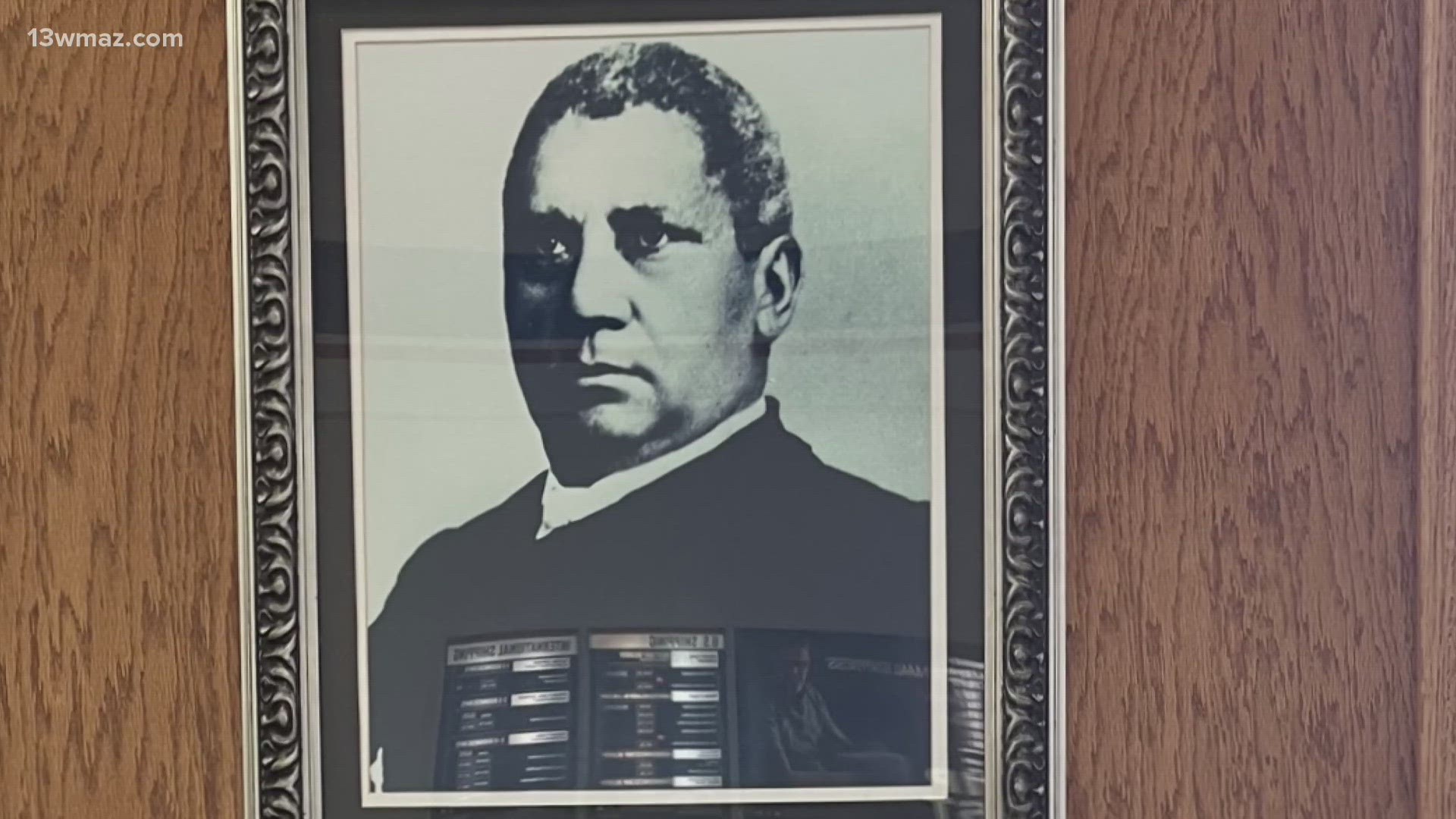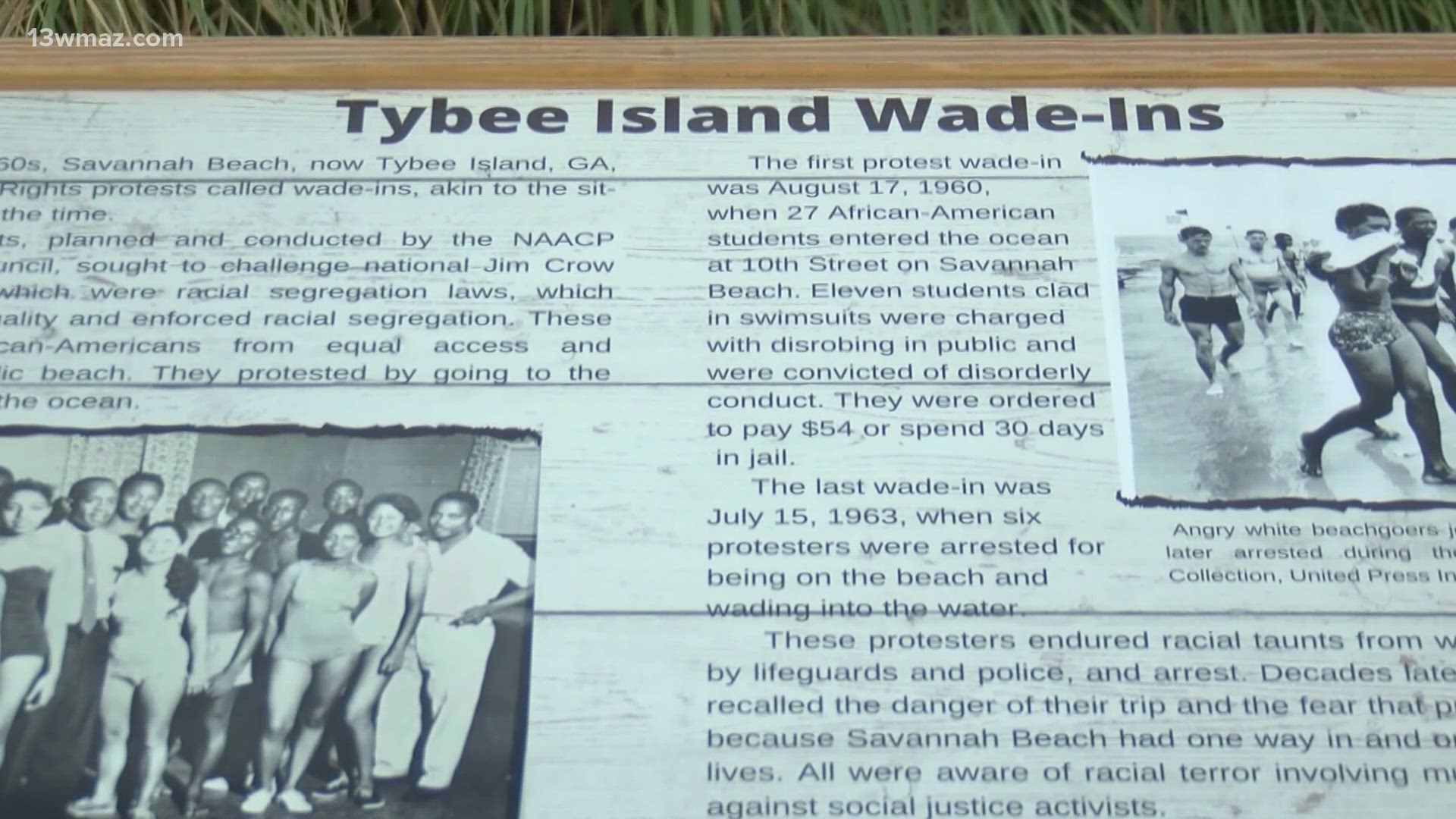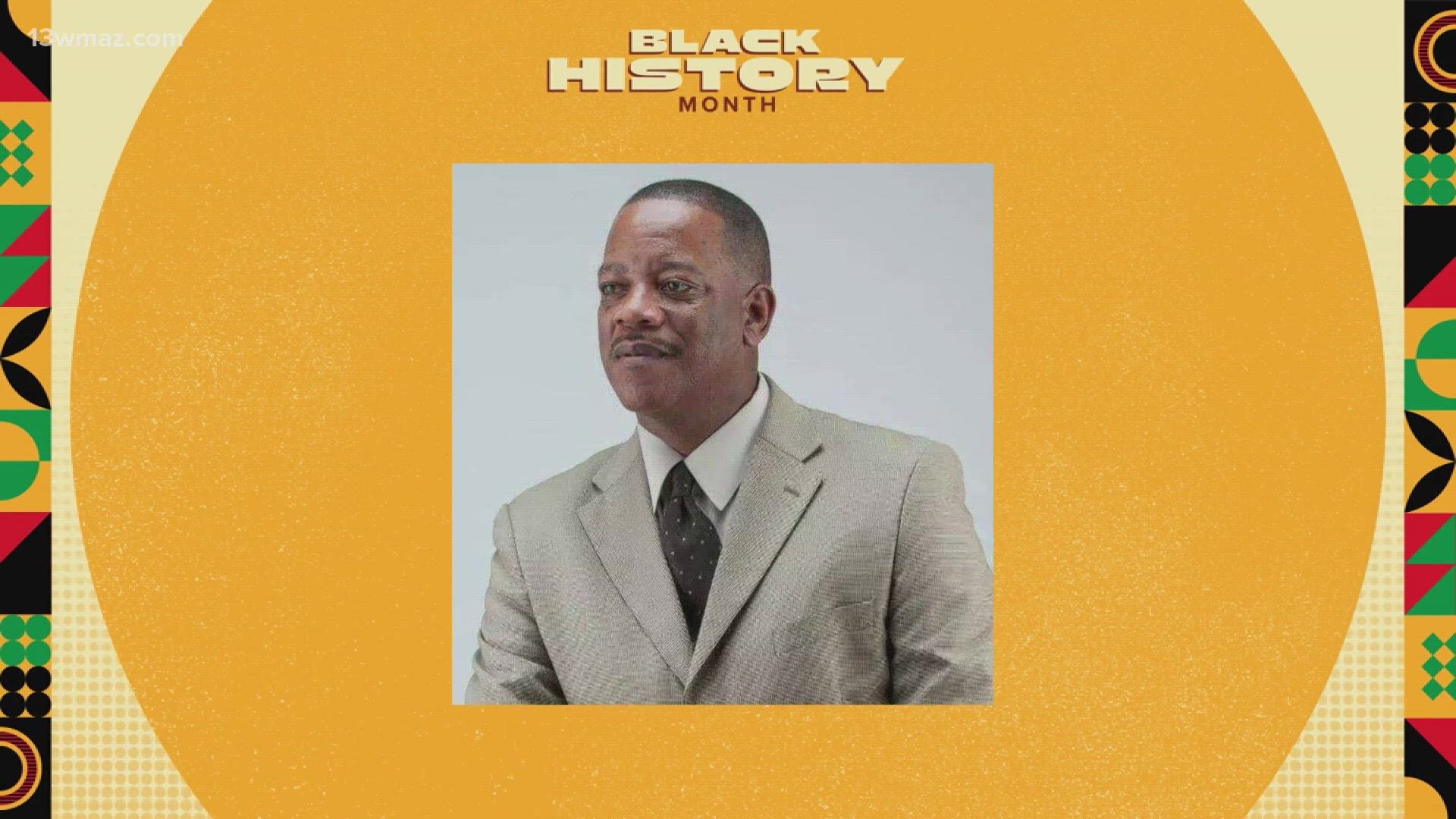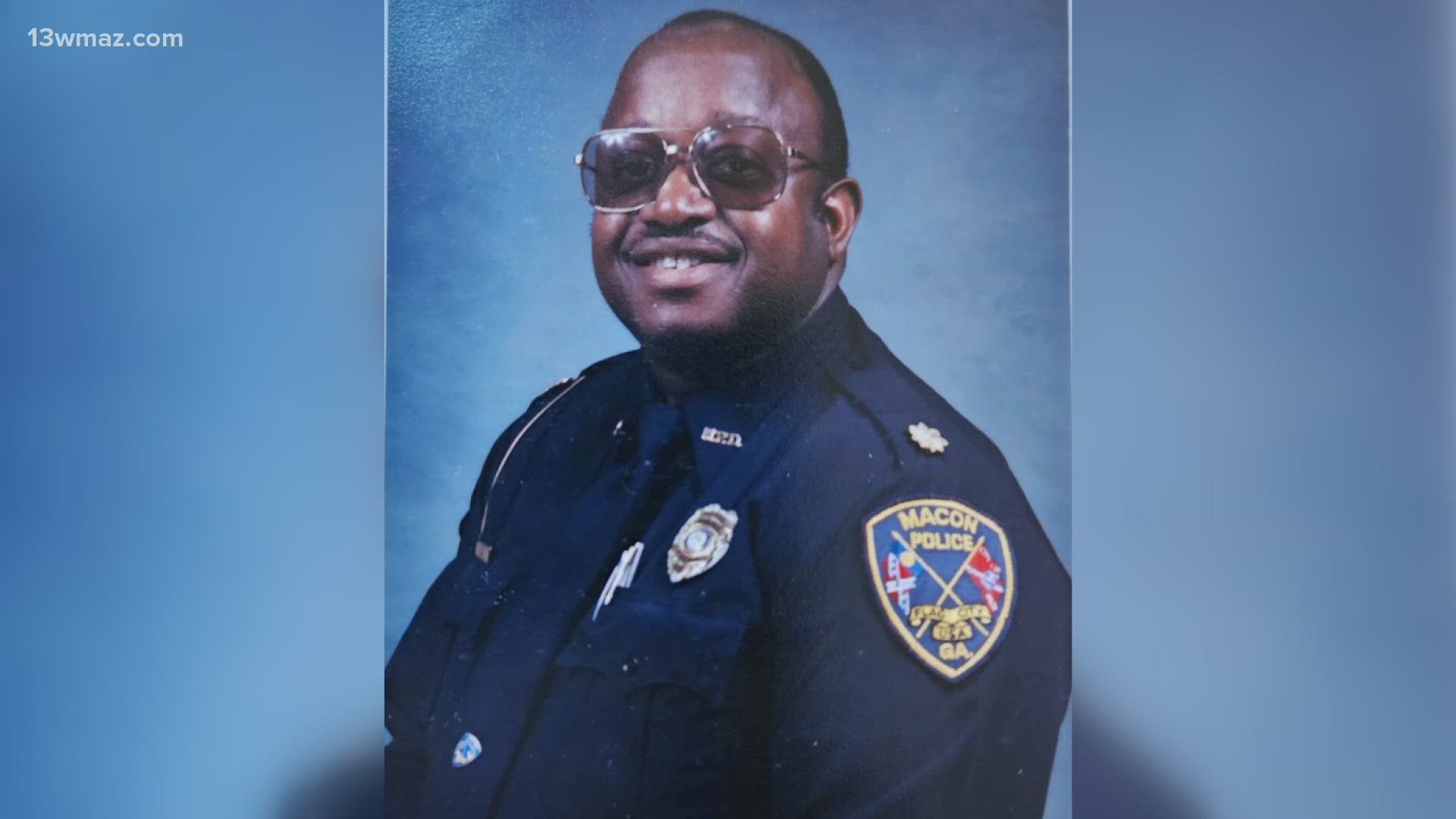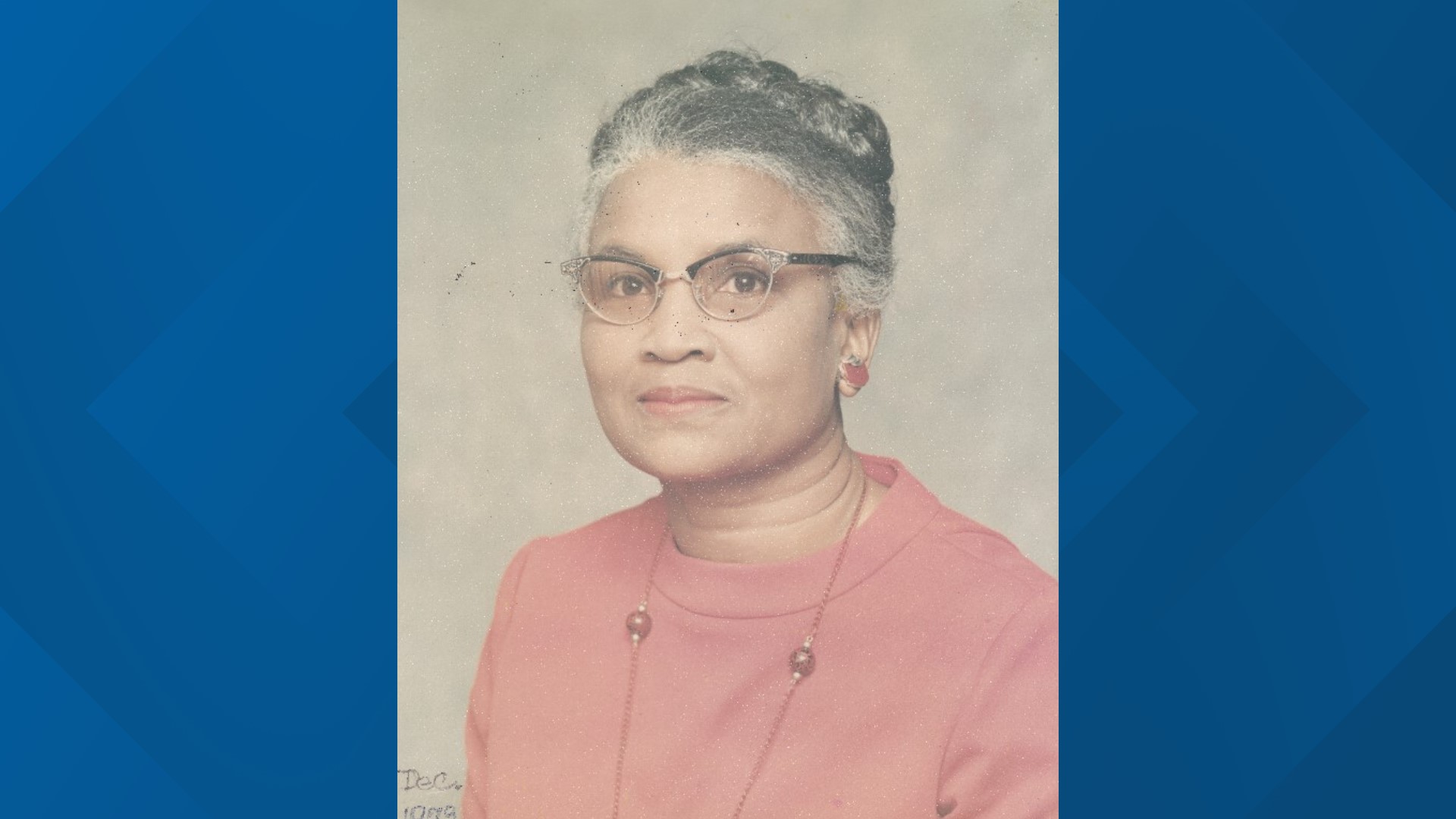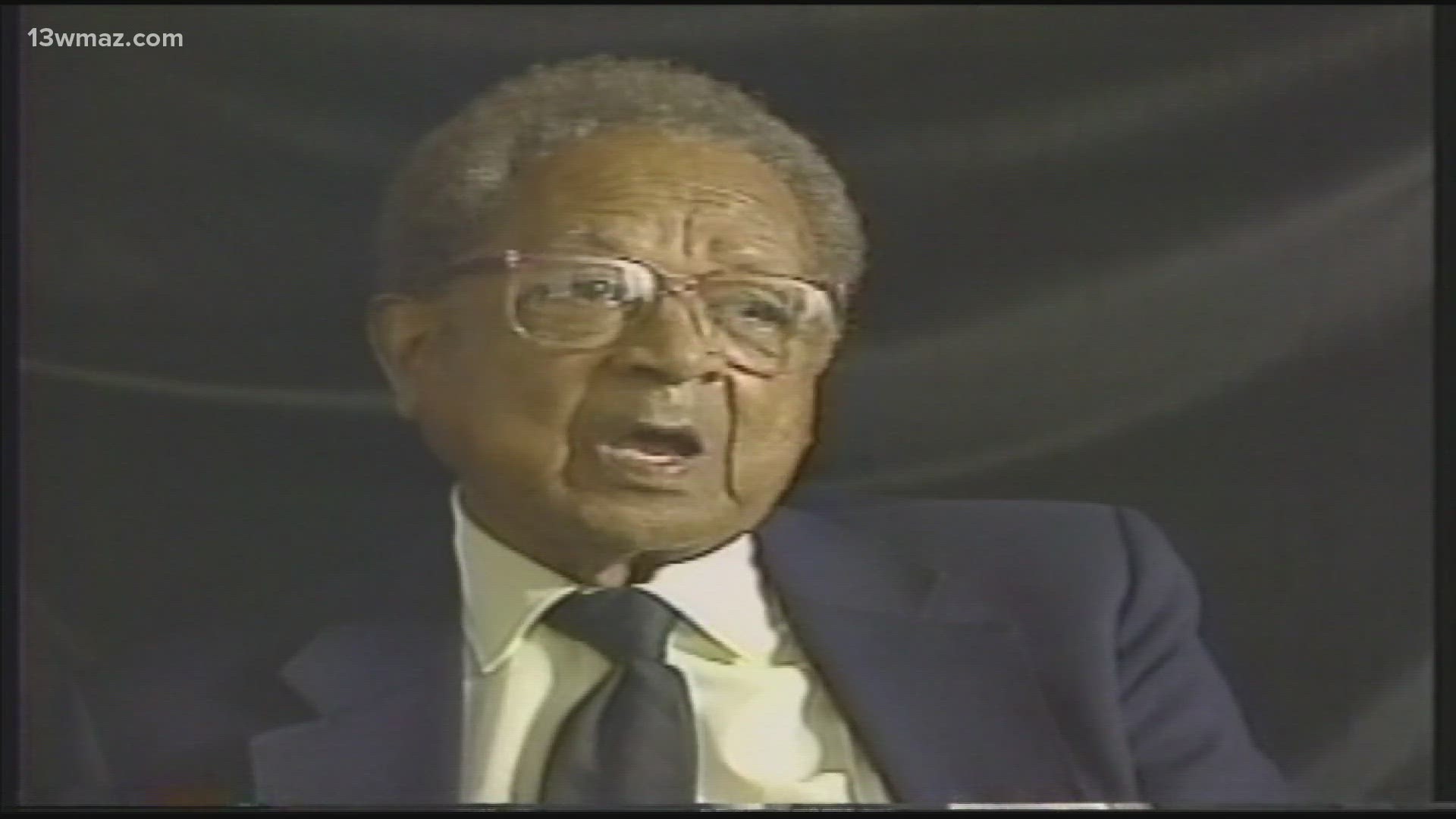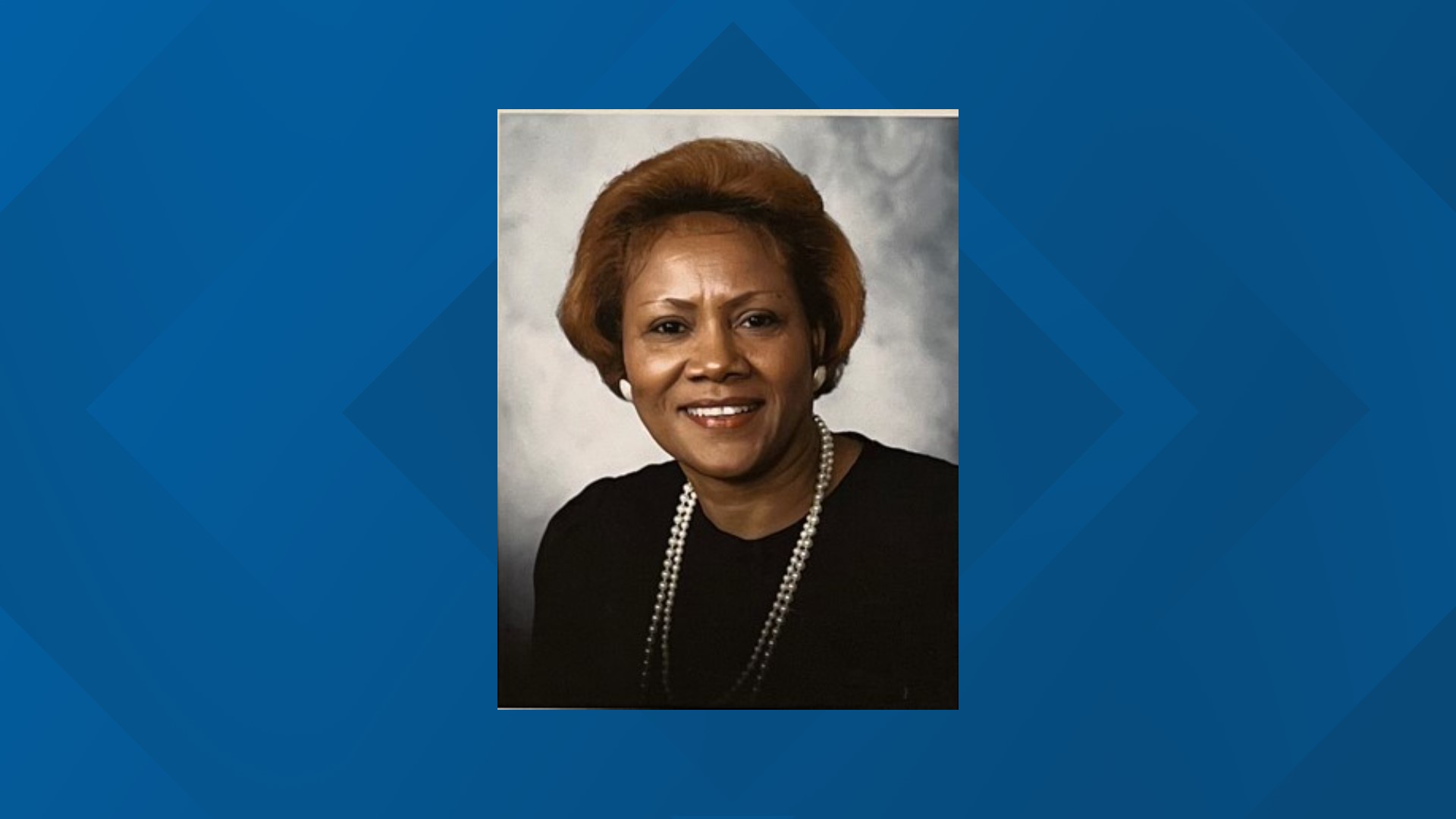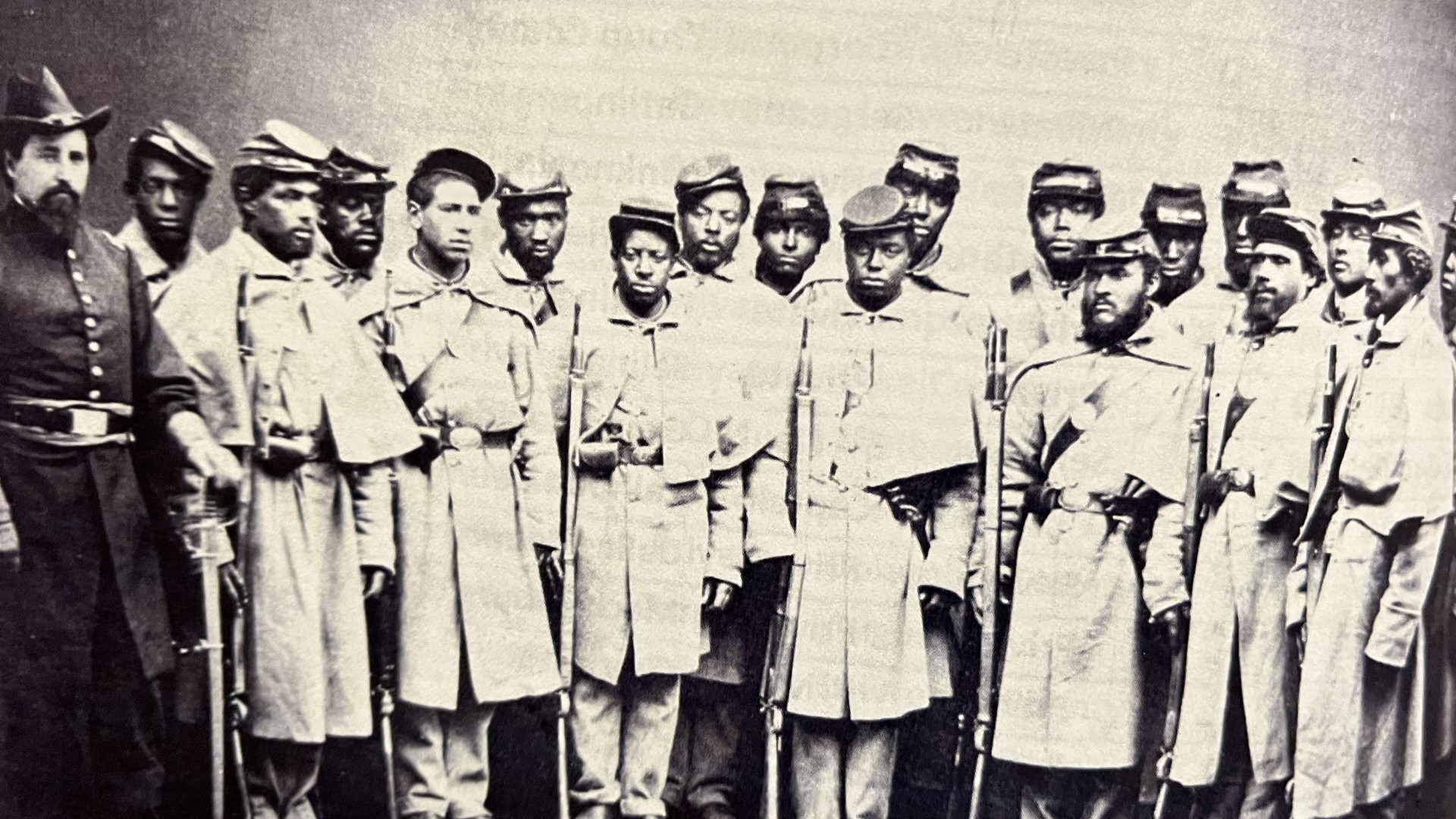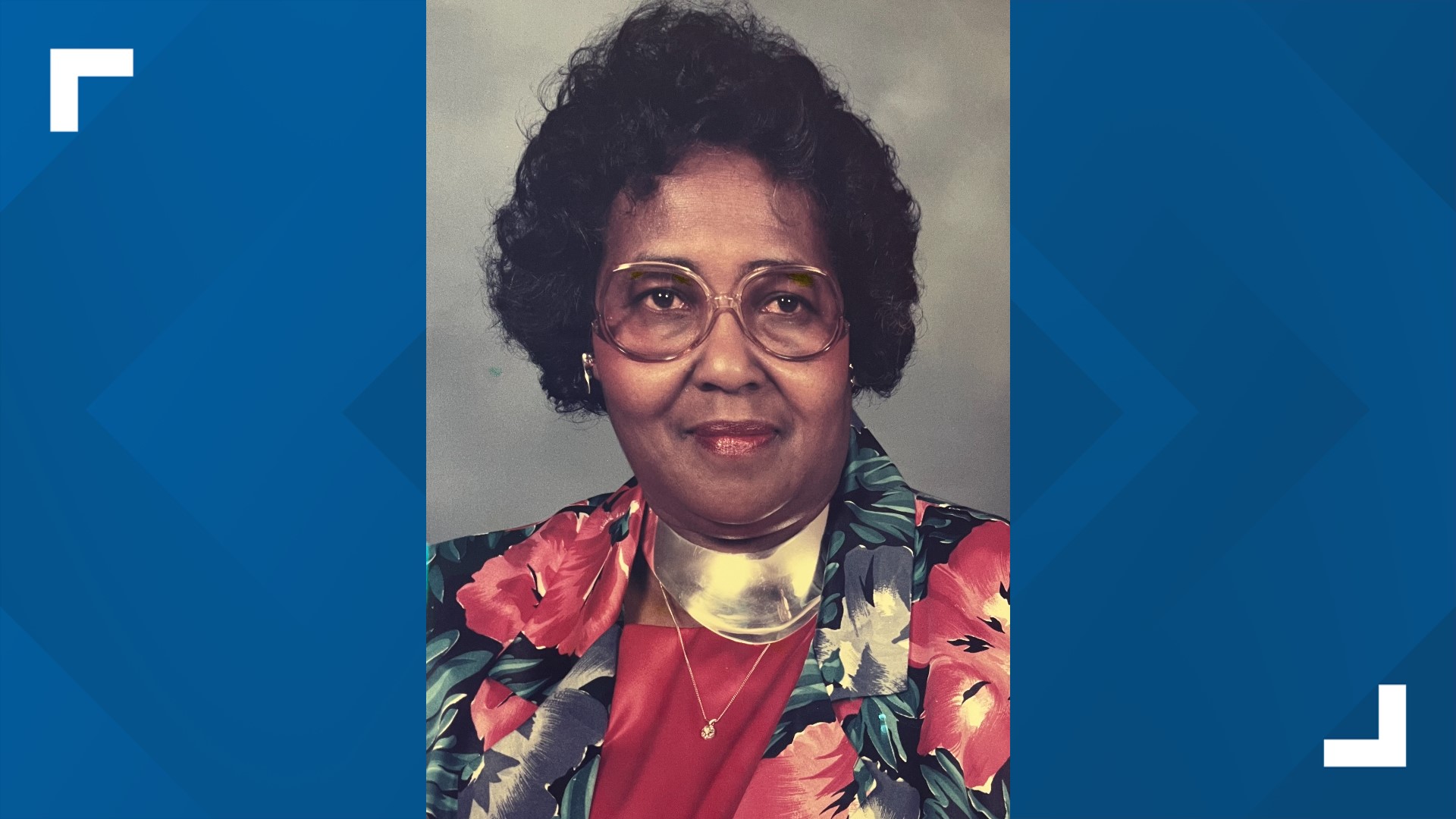People you should know for Black History Month 2024
February is Black History Month, and every day, we will showcase a prominent figure in Black history.
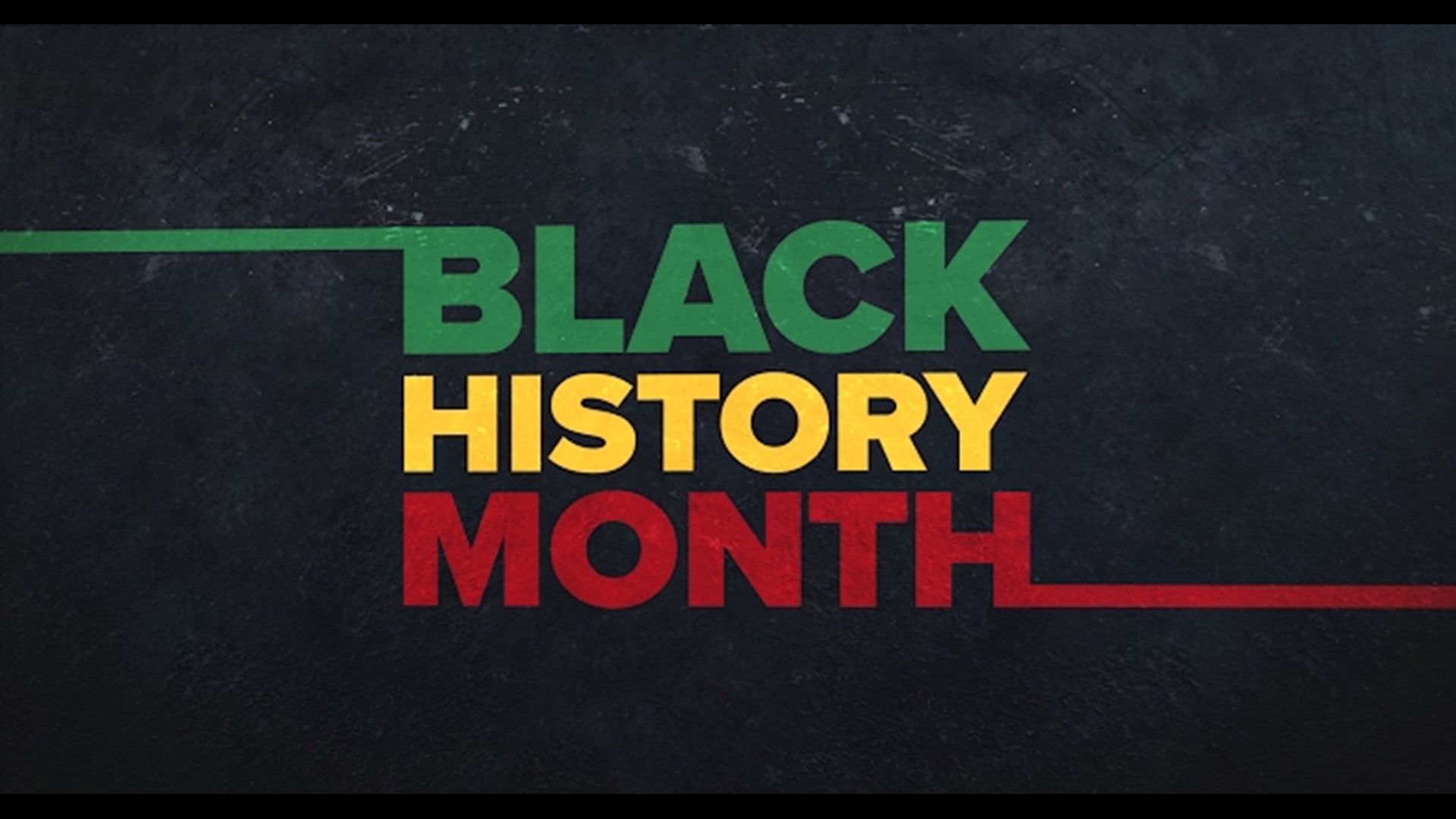
February is Black History Month. Every day, we will showcase a prominent figure in Black history.
Week 4 February 24-29
St. Peter Claver Catholic Church

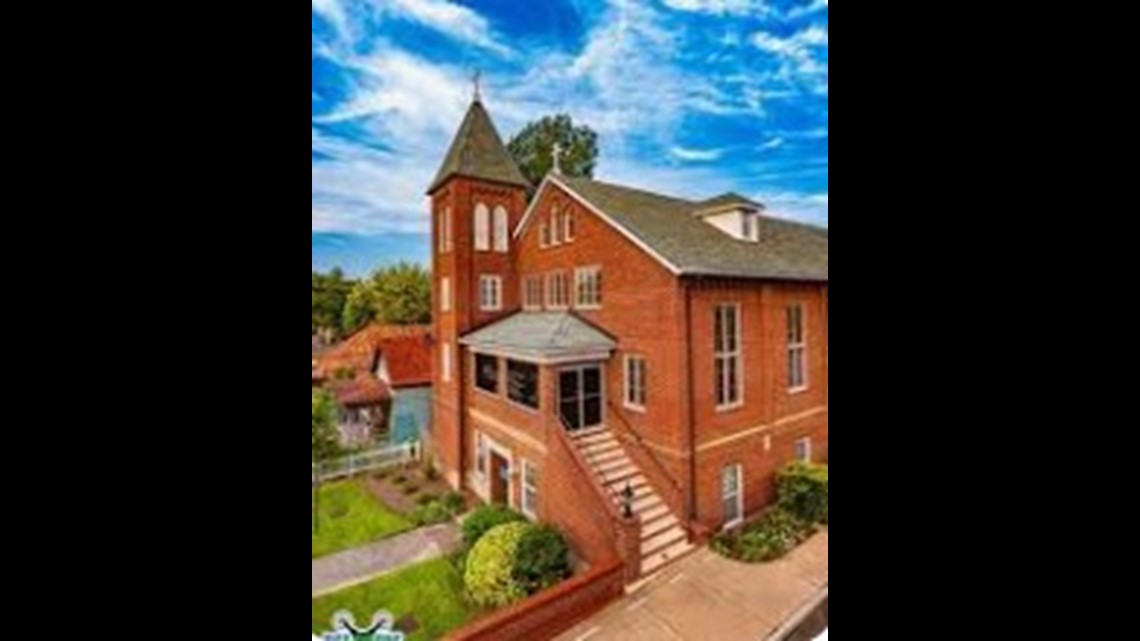
Currently there are about three million Black Catholics in the United States. In Macon, Georgia like many communities, the Catholic church and school community was a place for African Americans families to worship, achieve educational success and find family resources.
In 2008 a historical marker was erected on the grounds of St Peter Claver Catholic Church. The church, nestled in the heart of historic Pleasant Hill neighborhood, has an African American history dating back to 1888 according to the church’s history.
Georgia Historical Society has listed it as a historic landmark in the state of Georgia.
Long before moving to Ward Street in Macon, St Peter Claver rich African American Heritage developed.
According to historians, “St. Peter Claver, was founded as “an African American mission parish by the Jesuits (Society of Jesus) who founded St. Stanislaus College,” in 1888. This school was located on Pio Nono Avenue. The church was established and named in 1902 by the Jesuits.
Historian said the church was named St. Peter Claver in honor of the Patron Saint of Negro Missions. Historians said that St. Peter worked for 45 years helping more than 300,000 black people and tried to end the practice of slavery through Catholic missionaries.
The Parish was staffed by priests from the Society of African Missions as early as 1913. It was at that time that the church was moved from the Pio Nono Avenue location to Ward Street. That is where the current school, convent, and rectory were built and dedicated in 1928.
Church reflects the continued diversity of the parish as a fully integrated congregation in Pleasant Hill, was an African American neighborhood which produced many community leaders.
“Unlike many Catholic parishes in the South, church has always been integrated. In fact, its priests are often foreign missionaries coming from France, Ireland, Poland and Nigeria. Its current priests come from New York State and Newfoundland, Canada,” said church historians.
Historians also write about Saint Katherine Drexel who worked at the school with the Sisters of the Blessed Sacrament. The Sisters of the Blessed Sacrament would serve as school staff from 1915 to the present day.
The Roman Catholic Diocese of Savannah has been working to collect video, photos, and oral history from the Black Catholics across the diocese that represented by 11 locations.
The goal is to reach the African American community and fill in gaps in documentation of history that has been lost. In some cases, churches have closed over the years and some of that rich heritage has been lost.
For St. Peter Claver the research is an ongoing effort to collect information about the church, school, and the city of Macon. What makes this project so unique is that the history comes directly from parishioners who have lived it.
The project is titled, “From the Mouths Of Those Who Lived It”.
Bettye Middlebrooks is a longtime member of Macon’s St. Peter Claver Parish. She’s also a member of the Black Catholic History Advisory Board to the Archives. She has been working on the oral history with other long-time parish members.
Middlebrooks sat down with some African American members in 2019 and interviewed them. Some of those church members are no longer living.
Captured for the oral record included information about their childhood experiences, education, witnessing the racial integration, and the great impact the Catholic church has had on the local community.
To learn more about St. Peter Claver and the oral history interviews as well as how to share photos and other historical material, call Bettye Middlebrooks at St. Peter Claver at 478-743-1454. Also visit this link to Roman Catholic Diocese of Savannah to lean more history across the diocese.
Joseph Winthrop Holley


The Unsinkable Albany State University’s founder, Joseph Winthrop Holley has a unique connection to Macon. Many people are not aware of the major role this 19th-century educator played in the growth of one of the nation’s oldest churches.
Holley was born in 1874 in Winnsboro, South Carolina. He has many accomplishments to his credit but is best known as the founder of Albany State University in Albany, Georgia. The school was founded in 1903.
In Macon, he played a key role as a pastor and cornerstone of the Washington Avenue Presbyterian Church at 939 Washington Avenue.
According to current pastor, Kenneth Moye, Washington Avenue is the oldest Black Presbyterian Church in Georgia and the second oldest Black Presbyterian Church in the United States.
Rev. Moye said the original church was organized in 1838 around the time Macon was born.
“The first wooden structure was at the site in 1869,” Moye said.
A young Holly made his contributions to both the church and the school at the same time.
“He came to Washington Avenue at age 27,” Moye said. “He started Albany State, I believe, at around age 29. And for 22 years, he went back and forth to Albany, to establish the school and to pastor the church.”
In 1901 Holley founded the Albany Bible and Manual Training Institute. Historians said the school would grow from five students to 190. By the time Holley retired in 1943, the school had transitioned into a four-year institution.
Holley’s spiritual roots and his belief in the value of education may have strengthened him during work in two different cities.
Rev. Moye said in 1910, Holley completed the most extensive renovation in the history of Washington Avenue including the brickwork.
Rev. Moye said at the time of the church renovations, two stained glass windows were dedicated in both Holley and his family’s honor. The stained-glass window honoring Holley is in the church sanctuary and the one honoring his family is in the church foyer.
Rev. Moye added that when the work was completed, Dr. Holley made sure the church did not have any debt following the expensive renovations.
“So, Dr. Holley was a silent giant, he didn't toot his own horn, and even now the kind of revival style of the church and, just some of the fine architecture of it, he was responsible for all that stuff. And it still stands as a testament to his legacy, his work," he said.
Holley was influenced by people who understood the value of education for African Americans.
They included people like W. E. B. Du Bois, Booker T. Washington, Mary McLeod Bethune and renowned educator Lucy Laney who is also honored in stained-glass at Washington Avenue Church.
Moye said Holley was a champion and someone who knew how to unite people.
“He knew how to work across aisles, across, racial divisions, all kinds of things to establish something that could still benefit black people,” Moye said. “So, he was just a wonderful person who believed in religion. He believed in Christ. He believed in education. He believed in institutions, and he led people to those entities that he passionately believed in."
Holley also wrote a book titled “You Can’t Build A Chimney From The Top.”
He died at age 84 in Albany, Georgia in 1958.
Robert Lee Smith

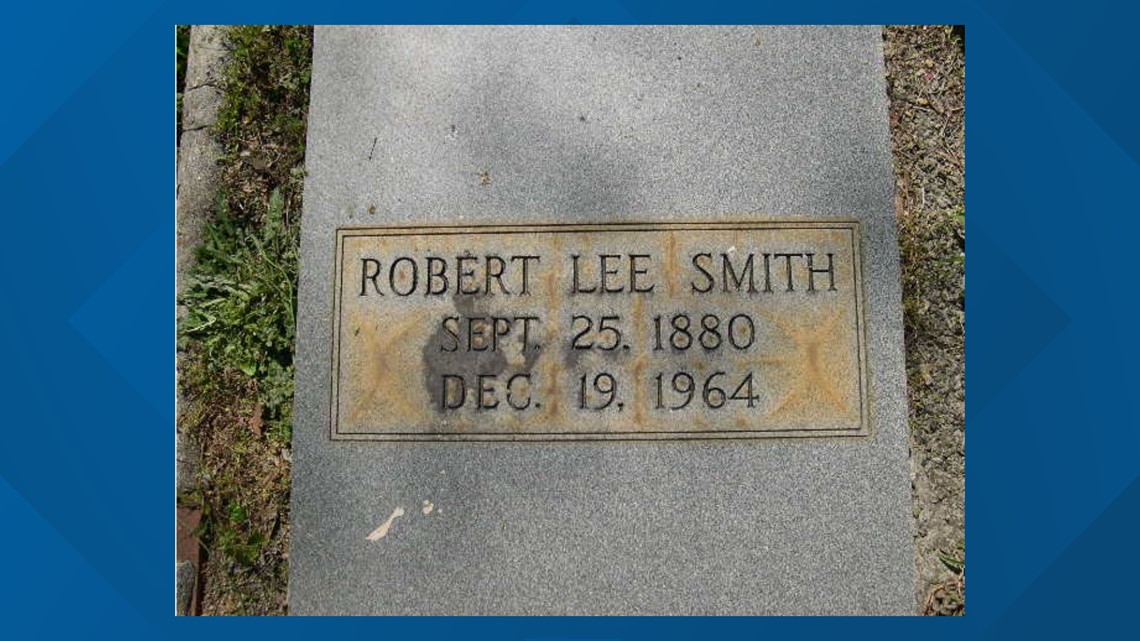
Robert Lee Smith is buried in Linwood Cemetery located in the Pleasant Hill Historic District. The Cemetery is on the National Register of Historic Places as it is the final resting place of many of Macon’s most prominent African-Americans. Some of those individuals include doctors, bankers, businessmen, teachers, and heroic war veterans.
According to the Linwood Cemetery’s online archives, Robert Lee Smith is buried there and was Macon’s first African-American attorney.
He was born on September 25, 1890, and died on December 19, 1964.
Cemetery Historians say Smith graduated from Ballard Normal School in Pleasant Hill. He took a job with the Pilgrim Health and Life Insurance Company. Smith worked in the office of Attorney E.L. Wheaton until he passed the bar exam.
Smith would go on to become the president of Smith-Cain Realtors.
Outside of work, Smith was a trustee of Macon’s historic Steward Chapel AME Church located on Forsyth Street in Macon.
Robert Lee Smith was buried by Macon’s oldest Black-owned funeral home, Hutchings Funeral Home on New Street.
Funeral home director, Starr Hutchings Purdue was able to locate Smith’s burial card. Purdue said at the time, many people did get an obituary but key family information was still listed on a burial card.
She says Smith was originally from Chesterfield, South Carolina and his parents were Harrison and Lula Smith. When Smith, the card notes that he left behind a wife named Debbie Smith.
He also left behind an important legacy opening the door for many more African-American attorneys to successfully practice law in Macon.
Smith died at 74-years-old.
You can visit the historic Linwood Cemetery’s Online Archives to learn more about other well-known African Americans who are buried at Linwood.
You can also visit in person. According to the listed directions, the cemetery is on the north side of Walnut Street between Pursley and Grant Avenue. A small creek divides the area into an eastern and a western half. Visitors can access the western entrance from Walnut Street or the eastern entrance at the north end of Pursley Street.
Week 3 February 17-23
Girls of Courage

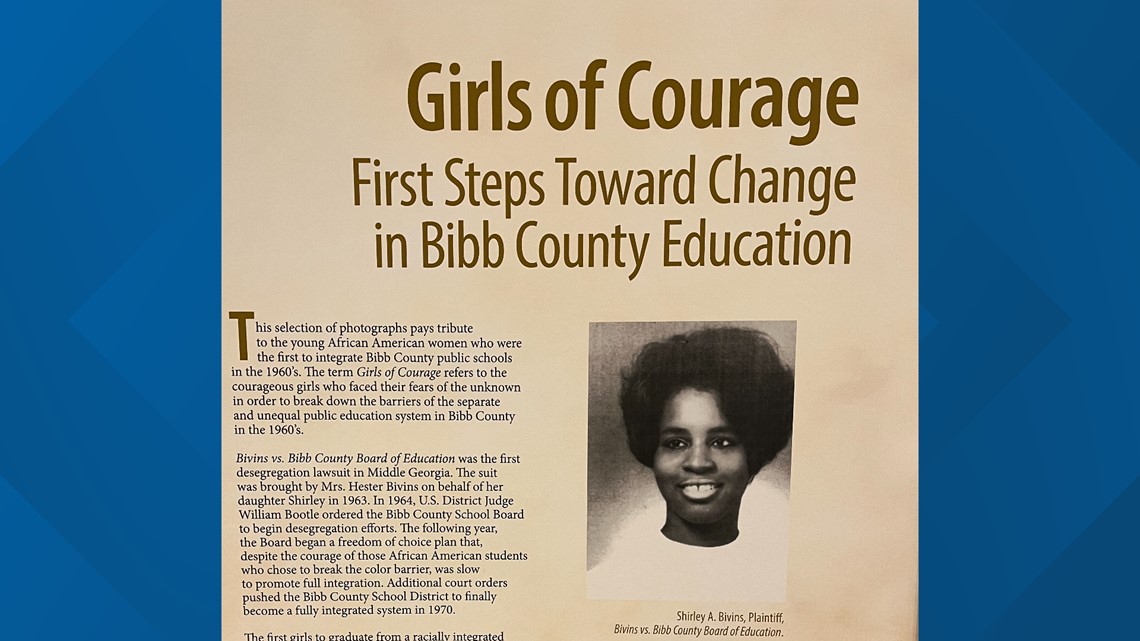
The full integration of public schools in Bibb County was pushed, in part, by local lawsuits. Bivins vs. Bibb County Board of Education was the first desegregation lawsuit filed in Central Georgia.
According to historians, the lawsuit led to the first group of students desegregating Bibb Public Schools. Their photos and the details of their actions are part of a special gallery tribute hanging in Macon’s Tubman Museum.
The Girls of Courage would be known as the first group of black female students to graduate from integrated Bibb County schools.
While in 1954, the case of Brown vs. Board of Education, ruled that all schools should be integrated, in 1963, Bibb County Public Schools were still segregated. There were three black schools and three white schools.
Parent Hester Bivins filed the lawsuit Bivins vs. Bibb County Board of Education on behalf of her daughter Shirley. Records show that in 1964 U.S. District Judge William Bootle ordered the Bibb County school Board to begin desegregation.
So, the Girls of Courage would begin their journey in the face of uncertainty and fear. They were the first to break down the barriers of segregation in Bibb Public Schools, despite efforts of the school board to pass freedom of school choice plans to try to slow down the integration.
Bibb County schools would not become fully integrated until 1970.
In 1965, the graduating class of Miller High School would include African-American female students: Barbara Foster, Elizabeth Jennifer Johnson, Geraldine Mathews, Samaria Ruth Mitchum, Sandra Cornelia Norwood, Maggie Elizabeth Oliver, Vivian Stewart, and Cynthia Worthy.
In 1966, Juanita Shoulders and Marlene Tasker became the first African-American women to graduate from the integrated McEvoy High School.
Then in 1967, Stasia Sampson, Jacquelyn Madison and Bobbie Joyce Barnes became the first African-American women to graduate from an integrated Lasseter High School.
The original Girls of Courage exhibit was curated by Dr. Thelma Bivins Dillard and placed on exhibit at the Tubman Museum in 2011.
Roderick Smathers
Bibb County Sheriff’s Department’s Sergeant Rodrick Smathers is the first African American to serve over Department’s K9 Interdiction Unit. Smathers was promoted from corporal to sergeant on April 14, 2023.
He joined the unit in 2018 and has had a great working relationship with his K9 partner, a Dutch Shepherd named Stormi.
13WMAZ got a chance to see Stormi’s training in action as she located hidden drug “residue” in a matter of moments.
Here is Sergeant Rodrick Smathers in his own words.
Cleon Bonner

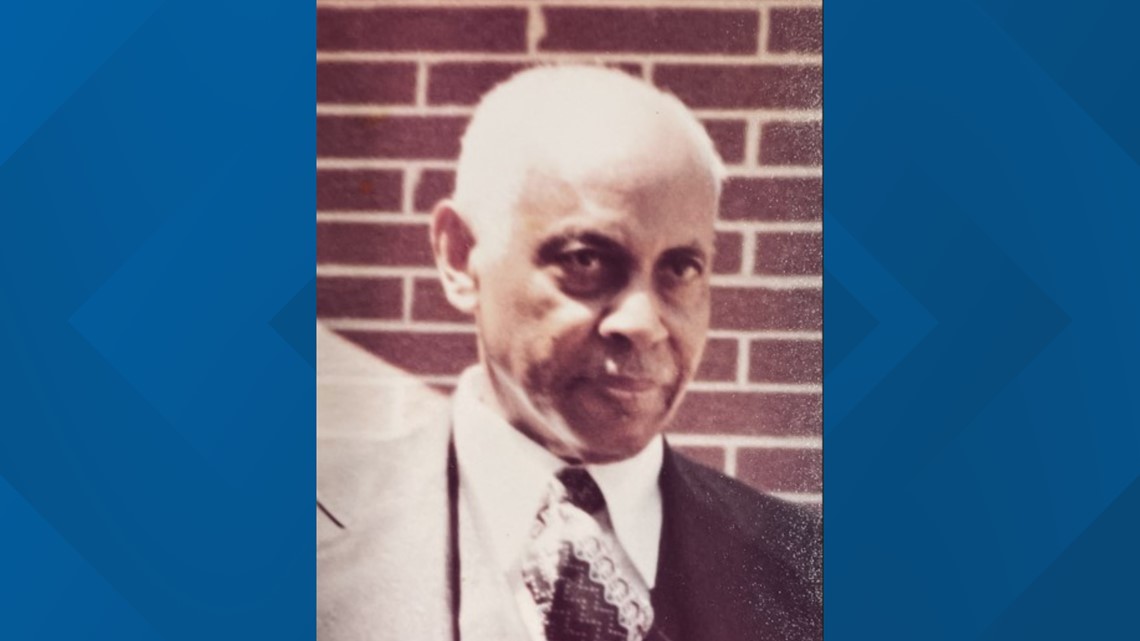
Cleon Bonner's family says he believed every child with vision and hearing impairments deserves the same level of educational opportunities as any other non-impaired student.
Bonner came to Macon from Waynesboro, Georgia in 1950.
He was hired as principal of Macon’s Georgia Academy for the Negro Blind. The school was originally established in 1881 and located at 143 Madison Street. Three years later, in 1953, a new facility was built at 1030 Shurling Drive in East Macon.
For 15 years Cleon Bonner and his family lived on the campus and worked at the Shurling Drive school.
Bonner would work hard, traveling the state of Georgia for days at a time, making sure African American communities were aware of the state funded program that helped special needs children gain a quality education.
While he was principal at the Shurling Drive campus, Bonner increased the enrollment of Black students from 38 to 129.
Segregation shifted to integration in Georgia because of the Civil Rights Act in the '60s. The Georgia Department of Education consolidated the Georgia Academy for the Negro Blind with the Georgia Academy for the Blind which currently sits at 2895 Vineville Avenue.
In 1968, students were bused from the Shurling Drive campus to the Vineville Avenue campus. Bonner moved with them and maintained responsibilities as principal for the kindergarten through sixth grade students at the newly integrated location.
Bonner’s granddaughter, Traci Walton-Jerald talked about some of the early challenges her grandfather wrote about in his book titled, “A Black Principal’s Struggle to Survive." The book was an autobiography recapping personal life experiences, racism, and the fight for equity for disabled Black children.
It was published in 1982.
Walton-Jerald said, as principal, Bonner worked with both white and Black students at the Vineville Academy. She said the white teachers who had to report to him at first did not want to take instructions from him but she said by the time he decided to retire in 1976 everybody loved him.
“He talks about when he first got there, they would like, walk by him and turn their nose up, acting like he smelled, all that kind of stuff. It was really bad,” Walton-Jerald said. “But as he grew his reputation, and everybody got to know him, they just all became a big family over there.”
Walton-Jerald said she admires her grandfather and he was the most impactful person in her young life.
“My grandfather instilled in me, you just must continue to press on in the face of people telling, you, you can’t, in the face of that double, you have to continue to press on," Walton-Jerald said.
Bonner was also involved in the development of the Deaf-Blind Educational Program, which was the first of its kind.
He graduated with a B.S. and M.S. from Tuskegee University (Institute), as well as advanced training from the University of Minnesota.
He and his team began to address the problem of children born with multiple defects due to the Rubella epidemic in the '60s. They designed a curriculum to meet the primary needs of disabled children, emphasizing development in living skills, auditory training, motor development, language development, mobility training and perceptual training.
By 1971, this program continued to be refined with the help of several other special education teachers. Soon, the program evolved into a 147-page manual where 350 copies were circulated across the United States and internationally.
Bonner remained in the East Macon community, where he was a member of St. Paul AME church, on the same street the Georgia Academy for the Negro Blind was previously located. He was the director of the church’s Day-Care Center program, and he was co-owner/operator of the Religious Book Store on Third Street.
In June 2011, Bonner was posthumously awarded the Legacy Builders “Heart of Giving” award in recognition of outstanding service to the community by The Legacy Builders Foundation, Inc. In 2012, he was also awarded the Ethnic Awareness Award by Betty Jean Slater, Willis-Slater Productions and Mercer University.
You can find the book, “A Black Principal’s Struggle to Survive” in the Washington Memorial Library and the Harriet Tubman Museum.
Bonner died in February 1991 at age 77.
Henry McNeal Turner

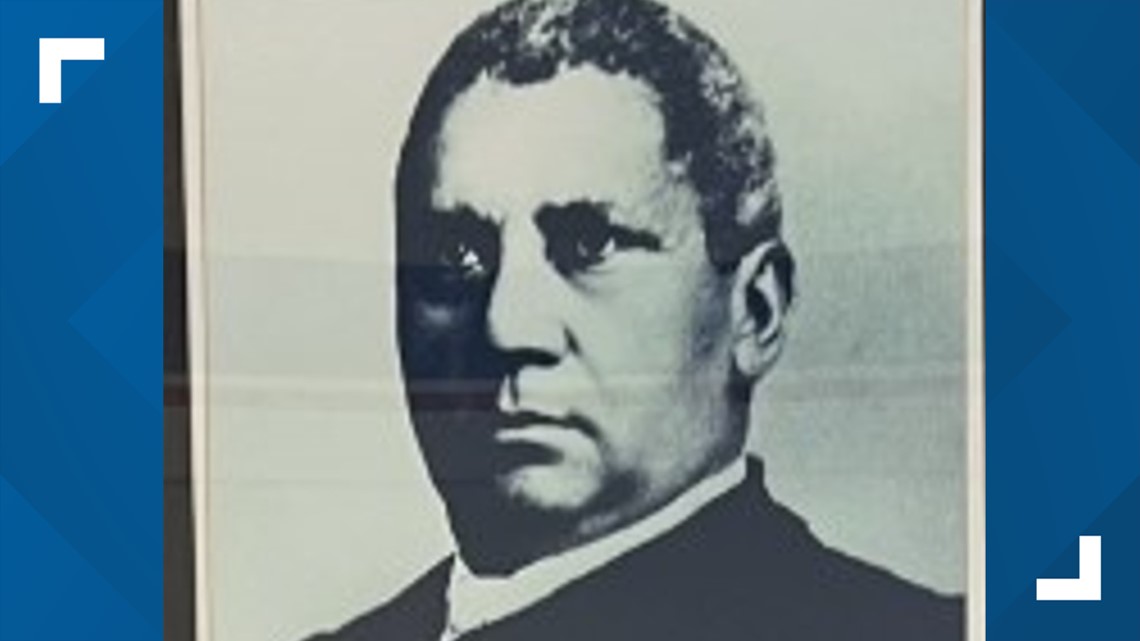
Henry McNeal Turner was not born in Macon, but his contributions to the city, Central Georgia and the state are certainly noteworthy. In 1863, Turner would serve as the first African American chaplain in the U.S. Army for the Colored Troops. After the Civil War he would be appointed to the Freedmen’s Bureau in Georgia. As an American minister, he would hold several leadership positions in the African Methodist Episcopal Church (AME) including being elected the 12th bishop of the Church. However, it’s his role in Georgia politics that often talked about. In 1868, Henry McNeal Turner would run and win election to the Georgia House of Representatives for the Bibb District. Important to note, in 1869 Turner was appointed by the Republican administration as postmaster of Macon which was considered a very desirable job during that time. This is why it is so appropriate that the Macon branch bears his name.
Henry McNeal Turner was born free on February 1, 1834, in South Carolina. His parents were of mixed African-European ancestry. According to historians, the slave law in the colony was that a while woman’s mixed race-children were born free because she is free. He learned how to read and write at an early age. He received his preacher's license at the age of 19 and would travel through the South for a few years as an evangelist. St. Louis, Turner would become an ordained as a minister in the African Methodist Episcopal Church (AME), the first independent black denomination in the United States.
Turner would also marry and outlived three of four wives between 1856 and 1907.
During the war he organized one of the first regiments of black troops (Company B) and was appointed as its chaplain.
Following the war Henry McNeal Turner would run for political office, win, and then must join the fight to be seated. He stayed in office from 1868 to 1869.
It was the 80th General Assembly in Georgia and the first for African- American members to be elected. All 33 black legislators were temporarily expelled by the General Assembly with Jim Crow laws. But by September 1868, and were reinstated by Act of Congress in January 1870.
The whole experience soured Henry McNeal Turner to politics and he choose to focus on the spiritual community, and civil rights.
After the Civil War, he founded many AME congregations across Georgia and in other states.
Not all church members agreed with Turner’s work, but his efforts would go on to be celebrated for years to come.
He pushed for civil right for all people and was the first AME Bishop to ordain a woman to the order of Deacon.
In the 1890s Turner traveled to African several times as a missionary and development an education relationship. He would serve as chancellor of Morris Brown College in Atlanta for 12 years. He is credited for many more accomplishments, all worthy of the congressional designation he was given on October 19, 2000.
Henry McNeal Turner died May 8, 1915 at age 81
Tybee Island Wade Ins

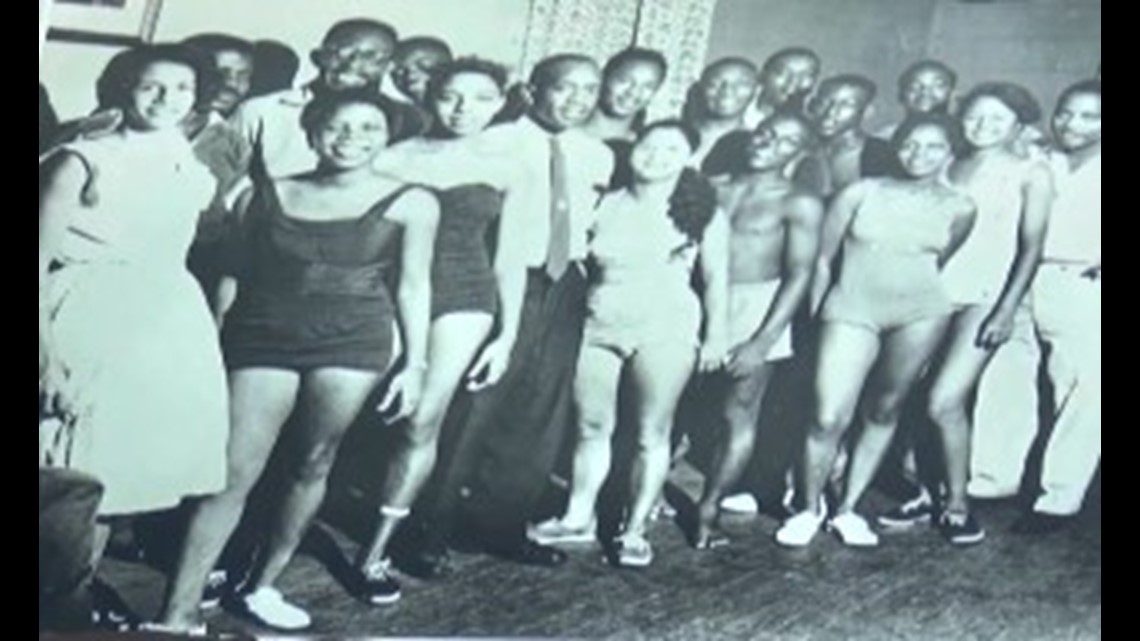
Today, most people don’t think twice about dipping their toes into the cool Atlantic waters flowing to the barrier island known as Georgia’s Tybee Island. But during the early 1960s, if you were African American, going to Tybee Beach was prohibited. The beaches were segregated. Like beaches up and down the East Coast in the '60s, Tybee became a target for young people who wanted to end the unfair practice of the Jim Crow Era and open the beaches to everyone.
According to historians, during segregation, Savannah’s African Americans were forced to travel outside of the city for public beach access. For most of them, it meant traveling to places like Hilton Head Island where “Blacks only” beaches were located.
“Wade Ins”, like lunch counter “sit-ins” began to happen at Tybee Island. College students and members of the NAACP Youth Council followed efforts to desegregate the beaches like in Biloxi, Mississippi.
On August 17, 1960, eleven African American students were arrested for the first of many wade-in protests at Tybee. Hundreds of students would continue the wade-in protests at Tybee Island until July 1963.
Civic leaders in Savannah and Tybee Island came together and worked on integration plans. The beaches and other public spaces were integrated across Savannah on October 1, 1963. The Savannah Protest Movement and many activists achieved success in a long campaign to end segregation across the Tybee beaches and Savannah.
Tybee Beaches and Savannah reached desegregation eight months before the passage of the Civil Rights Act of 1964.
One of the teenage participants of the Wade-Ins was Edna Jackson. Jackson would grow up to become the Mayor of Savannah and today is a member of the Georgia House of Representatives.
In May 2021, Edna Jackson was part of the effort to honor and remember the historic Wade-ins and young African Americans like herself who did not settle for segregated beaches.
The City of Tybee, the Tybee Historical Society, the Tybee MLK Human Rights organization, and many more commemorated the desegregation of Tybee Island’s beaches with the unveiling of two historical markers.
These markers detail the efforts of brave young men and women who were arrested and charged for things like “indecent exposure” because they were dressed down in their swimsuits for the beach.
The two permanent markers can be found at the north end of the beach and are part of a bigger picture of improving community relations. It’s part of the bigger goal of Tybee Island City Council’s Race Equity Resolution which passed in 2021.
In 2022, the Georgia Historical Society, Tybee MLK Human Rights Organization, and the City of Tybee Island erected an additional marker honoring the Wade-Ins at the base of the iconic Tybee Island Beach Pier and Pavilion.
Special Thanks to our Savannah CBS Affiliate WTOC for providing video for this story.
Robert Scott

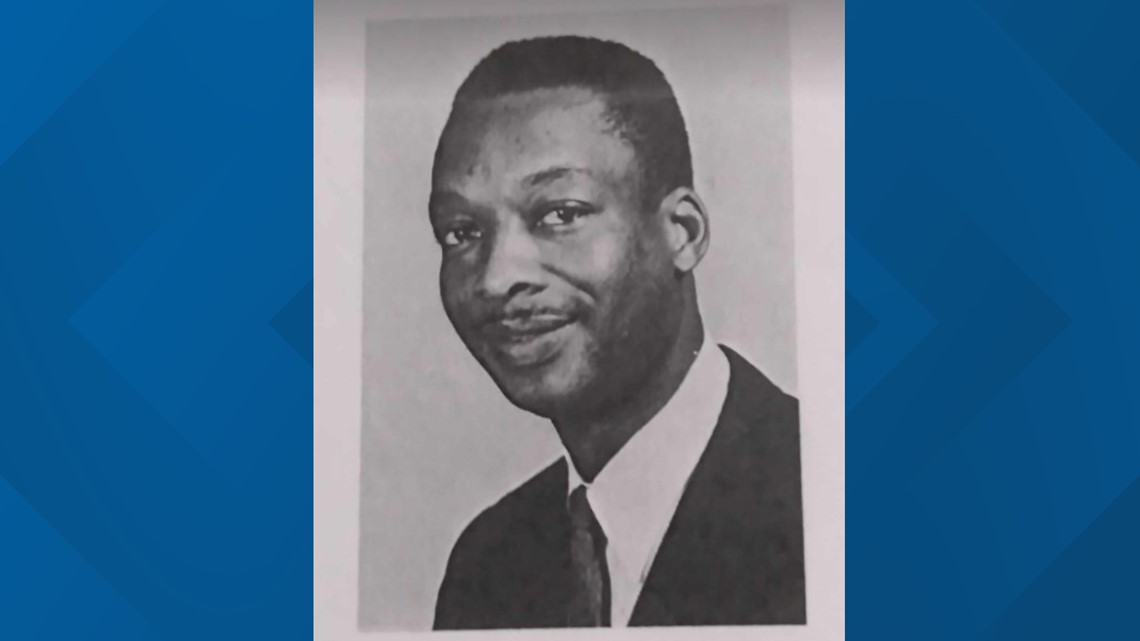
Robert L. Scott is a band directing legend of Macon Georgia. He not only led the historic Ballard Hudson Marching Band, but as a music instructor is responsible for touching the lives of many famous musicians.
Robert Scott Jr. was born in Macon Georgia on August 31, 1933. He graduated from the then-Hudson High and Industrial School in 1949, before it merged with Ballard Normal High School to become Ballard-Hudson.
Before returning to Ballard Hudson High to teach, Robert Scott would obtain his B.A Degree from Morris Brown College in 1953. He would earn a master’s degree in music from Vandercook College of Music in Chicago, Illinois.
One of his now famous students, professional trumpet player Newton Collier, said while at Morris Brown Scott would join the band and maintain leadership roles in the band.
Robert Scott was band director at Ballard Hudson High School from 1956 to 1970.
Newton Coller remembers when he joined Ballard Hudson Marching Maroon and White Tiger Band. Collier said Scott really started forming the band as he further developed the foundation laid by the previous band director.
“And the rest is history. Robert Scott built the band up to the point that when I got there in 1960, I was ready to rock and roll, said Collier.
“He had built the band up to start marching in all the parades, and had started making a name for them,” said Collier.
The Ballard Hudson Marching Maroon and White Tiger Band including the Tiger Bell Majorettes gained such a reputation as outstanding performers until wherever the band played people followed. Literally.
Historians and Ballard Hudson alumni all tell of how the band was the highlight of the city’s parades. It was not uncommon for Ballard Hudson’s band to be placed at the end of a Macon City Christmas Parade. Their high stepping coordination and skillful sound would anchor the parade, right behind Santa’s float. This was because people would end up following the band right down the street.
All that precision, percussion, and sound was credited to the instructions of band director Robert Scott.
But Robert Scott was not only a skilled teacher but an ingenious businessman. Historian Dr. Thomas Duval says, Scott found ways to develop relationships with progressive music stores to allow parents to rent instruments for their children.,
“He even negotiated with a local black tailor to transform inexpensive state prison uniform pants into ban uniform pants”, said Duval. Robert Scott was able to work with the community to help raise funds, support youth involvement in music and give aspiring musicians a chance to make it big.
Among the many other famous Ballard Hudson graduates and musicians included Otis Redding and “Little Richard” Penniman.
According to Newton Collier, when Otis Redding opened an office on Cotton Avenue in Macon, Robert Scott brought some of his student musicians down and opened up an office very near to Reddin’s office.
“And so when Otis Redding needed musicians, Scott had musicians hanging around who could, you know, fill right in and just start playing in different bands, Said Collier. Robert Scott is credited for providing his trained musicians for some of the biggest artists of the day.
He taught music and social studies at the elementary school level until he retired in 1987. He was a member of Steward Chapel AME Church where he served as choir director. He was also involved in many community organizations and worked to put children first.
In 1984, Robert Scott received the honor of being named the Macon Telegraph’s first-ever, “Teacher of the Year.”
In December of 2023, a portion of Anthony Road from Pio Nono Avenue to Felton Avenue in Macon was named in honor of the Ballard Hudson band director.
Robert L. Scott passed away on June 9, 2011.
Thank you to Ballard Hudson alumni for sharing photos and videos for this story.
Week 2 February 9-16
Angel Irving

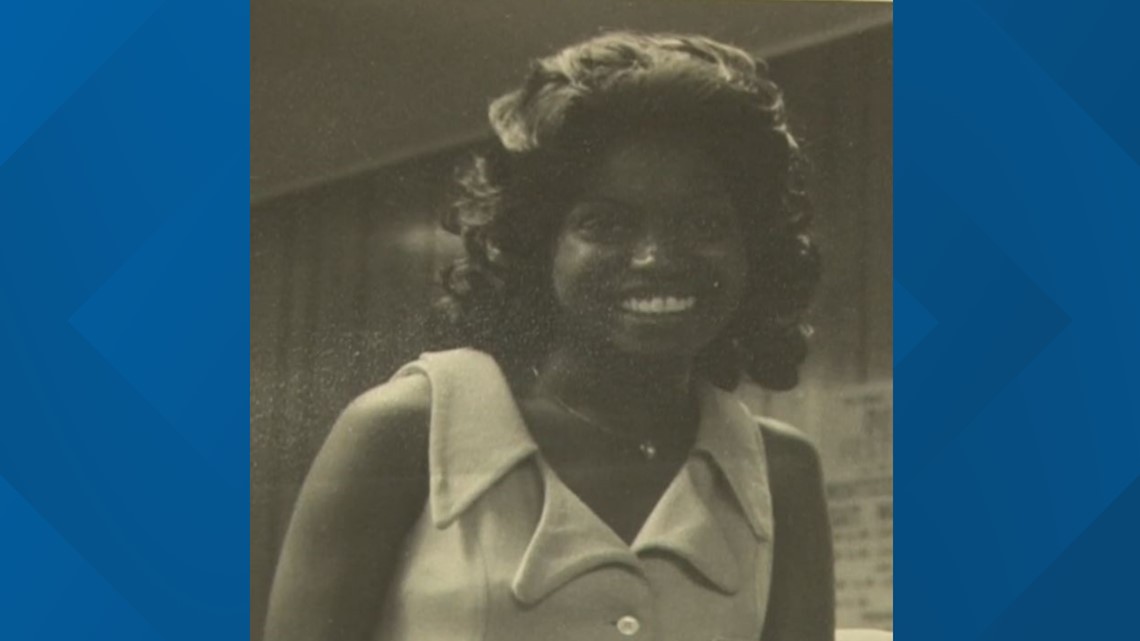
In 1972 Angel Irving made history as the first Black Woman to appear as an on air personality on 13WMAZ television.
She is considered a pioneer around Central Georgia and holds a special place in the hearts of many at 13WMAZ. We celebrated her during the station’s 70 Anniversary.
Reporter Jessica Cha sat down with Angel Irving to talk about how thankful she is for the journey.
Roy Miller

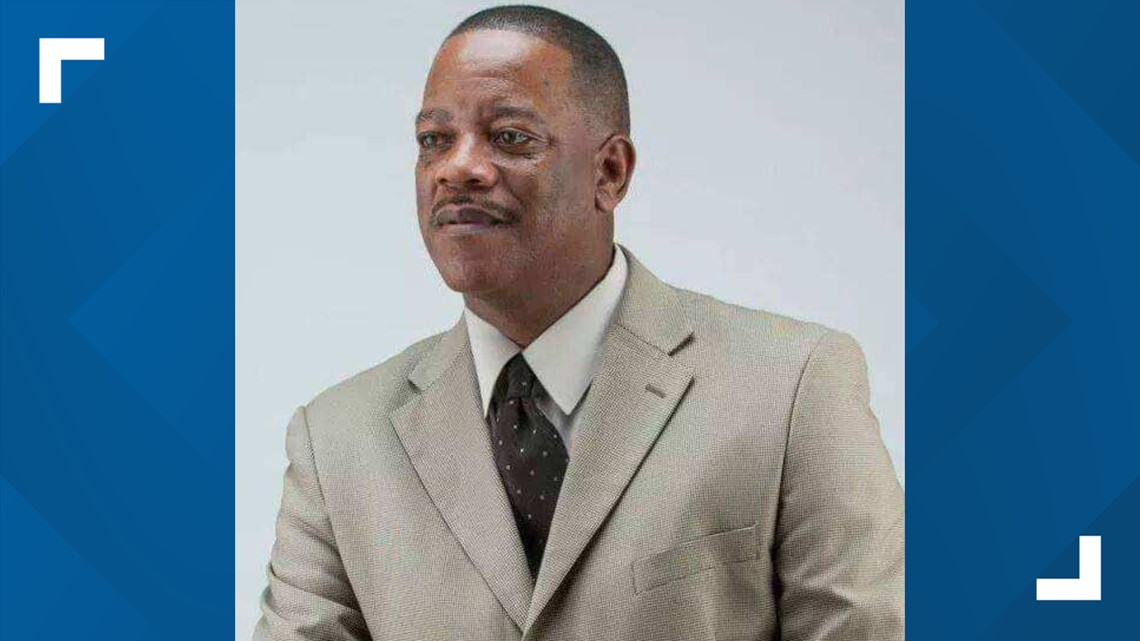
Attorney Roy Miller has been practicing law in Macon for 28 years. As a law professor he taught along with the first black Chief Georgia Court of Appeals judge, John H. Ruffin, as a Morehouse College Business Law Professor, and taught as a Fort Valley State University Criminal Justice and Race Relations Professor.
Roy Miller made history in 1994 when he successfully challenged major dictionaries for their definitions of the n-word. Miller got one dictionary to completely delete the word all together and others change a troubling wording that negatively impacted children.
Attorney Miller told 13WMAZ that his fight was for young black children who, at the time, had expressed how upset they were when reading the n-word definition that appeared to point to them.
The 1994 definition brought to his attention was from Funk and Wagnalls read: “A negro or member of a dark-skinned people; a vulgar and offensive term (see Negro)”.
“And of course, I'm telling them that would never apply to you, innocent little black children,” said Miller. He explained, “The definition had changed from what I knew it to be from when I was young, because it referred to just about anybody that pretty much lowdown dirty, something like that, but it didn't point to any race.”
Attorney Miller pointed out that in the 90’s Funk and Wagnalls was one of the major publishers of dictionaries for elementary schools across the country.
On March 17, 1994, Roy Miller wrote a letter to Funk & Wagnall petitioning for the removal of the n-word and stating his position. Miller gave the company a deadline to meet before he would file a lawsuit.
“I felt it to be a defamation against black children, black babies, because it included them and it’s impossible for them to be profane or obscene,” said Miller.
Miller said just before the deadline he heard from Leon L Bram, vice president and editorial director. He said Bram had “a lot of heart for the children” and said nothing was done intentionally against them.
In a letter dated March 31, 1994, Leon L Bram stated in part: Upon learning of the problem with the entry at question, I gave instructions to have it deleted from all forthcoming printings.
After this happened it forced all dictionaries to change their definition of the n-word, Miller said.
“Some have different definition, but they don't point it to black, dark skinned or colored people.”
Roy Miller said it took Funk & Wagnalls to recognize the definition problem.
“And that anybody else continuing to do that would clearly be committing defamation. Because it's already been acknowledged by an expert of words that it is wrong”, said Miller.
Attorney Miller never lost his clear focus and motivation to protect the self-esteem of children.
“To the little black children in schools trying to fit in, feel accepted and learn, they don’t want to be described by the derogatory n-word, that points only to them and have the dictionary backing it up,” said Miller.
“Adults may not care, but to an innocent child it matters,” said attorney Miller. “Dictionary definitions have power.”
Roy Miller has received awards from the cities of New York and Baltimore for his race relations efforts.
He is the author of the books “My Diary of Inspirational Considerations,” a best seller, and “The Story of A Dreamer: Poetry”.
He was also involved with the 2022 film, Edith Moon, which was based on a novel he wrote.
Finally, Attorney Roy Miller is also a musician recording under the name of Leroy Ace Miller. Along with music in the Georgia Music Hall of Fame Collection, he also has music that is part of the network television FX Series Season 4 of Snowfall, I'll Come Running (Don't Matter).
Ruby Marlowe Rogers

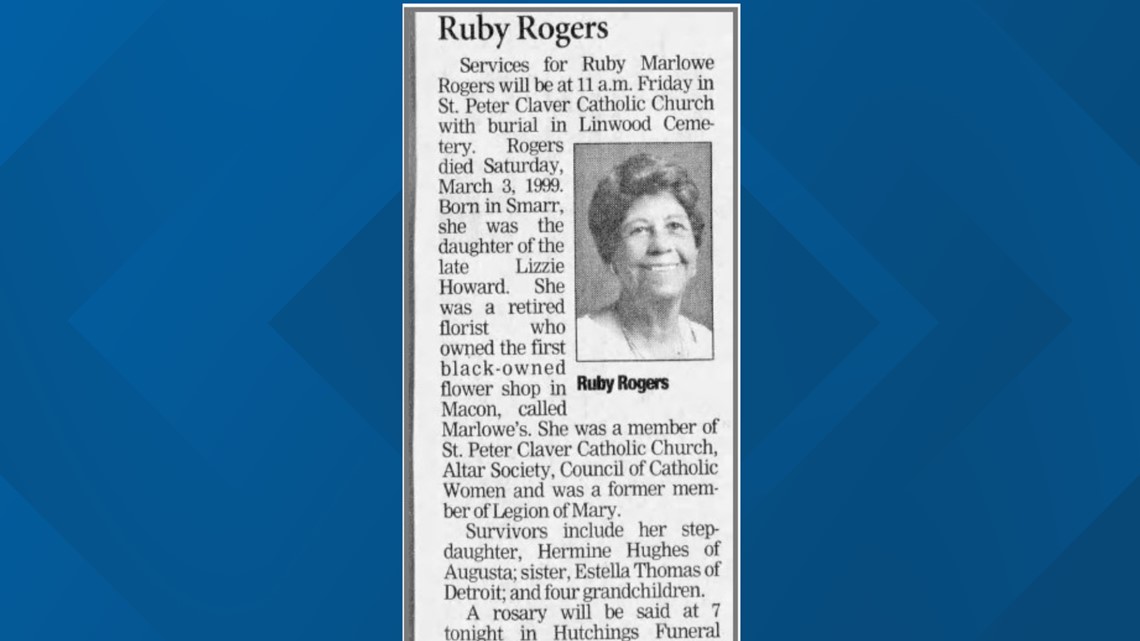
For a florist, Valentine’s Day is almost like the Superbowl of flora design and sale.
In the 1940’s one African American business scored the points as being the first black-owned florist in Macon.
Ruby Marlowe Rogers was the designer for Marlowe’s Florist Shop. According to Muriel Jackson, historian and Head of Genealogy at Middle Georgia Regional Library, Ruby and Herman Marlowe opened Marlowe’s Florist shop in March 1948. The florist served the community until July 1979.
While many people do not know this today, the black community flourished on Spring Street, which today is now mostly commercial. Marlowe’s Florist Shop was located at 131 Spring Street in what was once the Old Woodliff School Building. Woodliff was the first African American School building in the city.

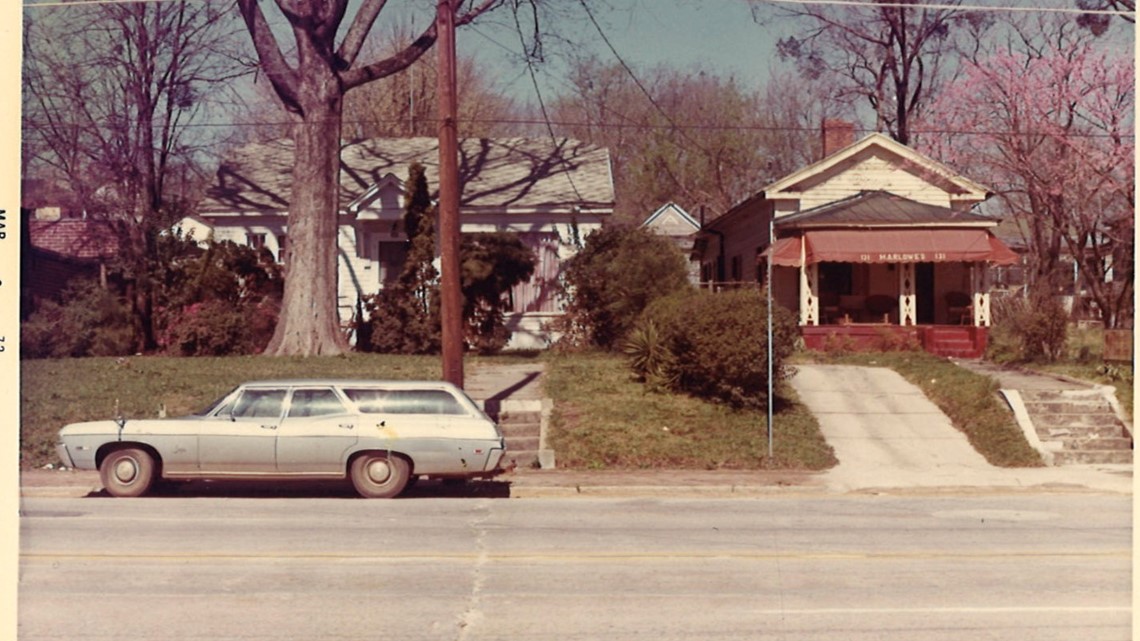
If you look to pinpoint Marlowe’s Florist Shop, Muriel Jackson says it was in the back area of today’s Zaxby’s, near the drive-through.
Ruby Marlowe Rogers was a well-known florist of her time. She was a member of St. Peter Claver Catholic Church and was involved in many church and community activities.
Ruby Marlowe Rogers died on March 3, 1999. She is buried at the historic Linwood Cemetery along with Herman Marlowe.
As Marlowe’s Florist has arranged its place in black business history, so have today’s African American-owned florists. They have picked up the rose where it was laid, and are successfully filling in their place in Macon business history.
Macon Black Pages
The Macon Black Page and Resource Guide turns 32 years old this year. The historical and community value continues to grow, as the mission remains the same. 13WMAZ sat down with the publisher Alex Habersham to talk about Macon’s business history and this year’s Bicentennial Edition of the Macon Black Pages.
Ellis Evans

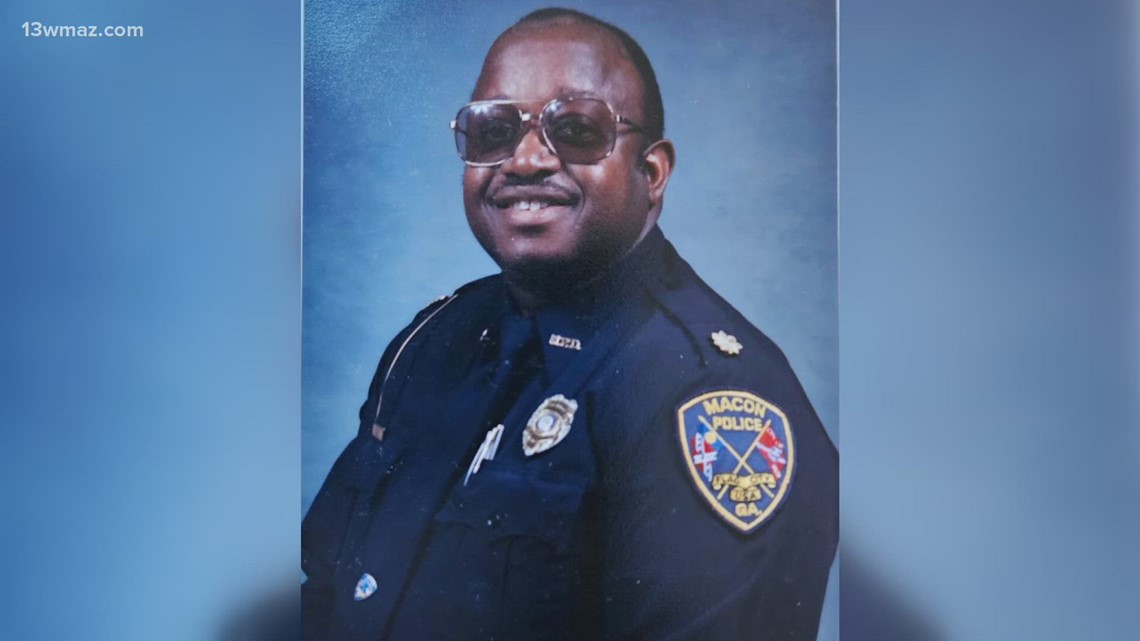
Ellis Evans was born January 22, 1944, in Macon, Georgia and graduated from Ballard Hudson in 1961. After education at both Hampton University and Morehouse College, Ellis would go on to experience many “firsts” in the Macon Police Department.
In 1970, Ellis Evans became the first African American to earn the rank of Sergeant in the Macon City Police Department. He would become the first to serve in the Detective Unit, Internal Affairs, and a supervisor at the East Macon Police Station.
When 57-year-old Major Ellis Evans retired from the Macon Police Department in 1994, he told the Macon Telegraph why he joined the force. While the opportunity was there, Evans said a buddy said he was taking the test and dared Evans to do the same. A group of guys applied.
“Ironically, I was the only one in the group that passed,” said Evans.
Ellis Evan was laid to rest on Saturday, February 10, 2024.
Viola English Bailey

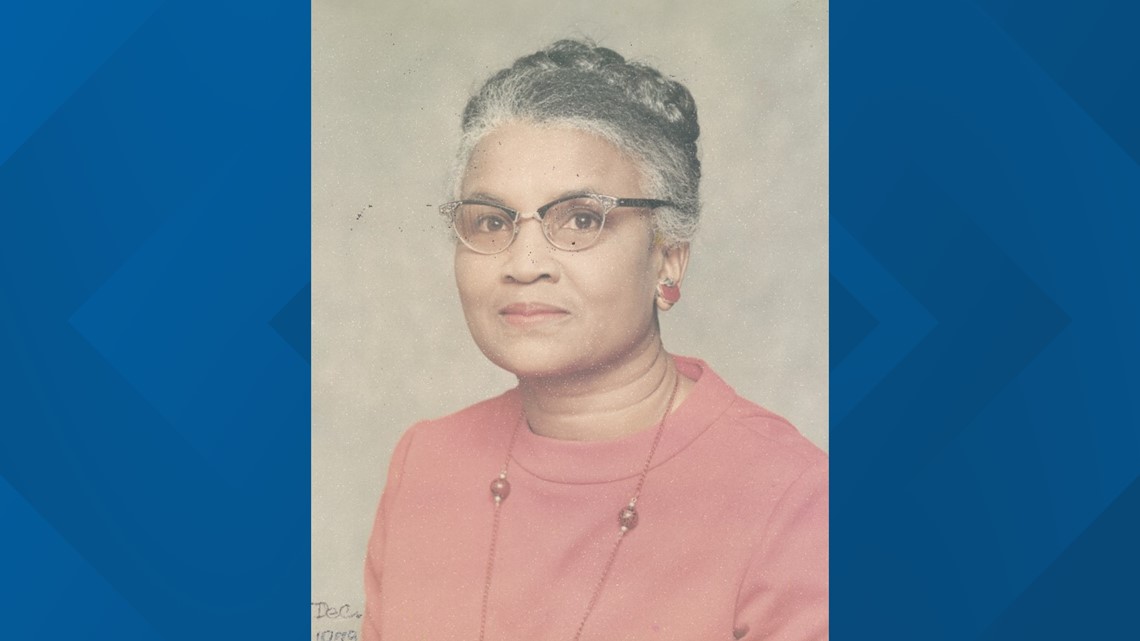
People who knew Violia English Bailey said it was clear that she cared deeply for her people and the success of Macon County. Born in Oglethorpe, Georgia on July 13, 1919, Bailey was among the black educators in Macon County who made it possible for children of sharecropping families to get an education. She would go on to educate students in both the rural areas and the city of Oglethorpe as a history teacher and a librarian.
Viola Bailey began her Macon County teaching career at a small church in a community known then as Cut-Off, which was off Highway 49. A year later she moved into a school that had been built. Years after, she moved up to the former Macon County Junior High School, where she was said to have touched many young lives walking those halls.
When she retired from the Macon County Board of Education in 1976, Violia Bailey did not sit down. Her impactful service to the community continued.
In the early 1940’s it was not unusual for African American students to be educated in a one-room in a rural, church. Often classes were held in the dame room for all ages, first through the twelfth grades.
According to Violia Bailey’s son, former Oglethorpe Councilman Madison Porter, she would go out of her way to meet families where they were. This included churches, homes, and even stores.
“I mean, just reached out to the parents, because that's what was needed then. I mean, she knew everybody. And even if she didn't, I mean, you wouldn’t know it, because she was a people person”, said Porter.
Bailey was so committed to teaching that she would pay rent to live with the families she taught.
“In many instances, you know, and especially when she started out teaching school, she had to live with the parents. You know, we didn't have cars. It was rare for a car to be in a family”, said Porter.
Viola Bailey was responsible for leading many children to the classroom from the fields, and from Macon County Schools to their perspective careers. For several years, she also served as the Church secretary at St. Paul A.M.E. Church of Oglethorpe, Georgia. Bailey was said to have kept the church’s record books by hand with handwriting that was admired by many.
After 36 years in the Macon County school district, Bailey would go on to serve on various boards, including the Oglethorpe Benevolent Society, Inc., Literacy Council of Macon County, City of Oglethorpe Housing Authority, Macon County Historical Society, Macon County Democratic Committee, Department of Family and Children Services, and the Macon County Retired Teachers and Associates. She also served on the production committee for the writing of the book, “Macon County Life.”
The community returned a thank you to Violia Bailey by proclaiming March 19, 1995, as Violia English Day in Oglethorpe.
In addition, she was honored for her service in education with a Montezuma building named in her honor on October 26, 1998. The facility offers literacy and Adult Education and GED services. The courses are taught by South Georgia Technical College instructors in Macon County
Violia English Bailey died on February 5, 2016, at 96.
Week 1 February 1-9
Sarah Bailey


Sarah Randolph Bailey was born in Macon, Georgia in 1885. Her passion for education and a drive for excellence was evident throughout her life. Sarah Bailey is credited with many accomplishments. But it would be starting the Girl Scout Camp for African American girls, that would be her most noted accomplishment. While historians describe her as “quiet and soft-spoken”, Bailey’s work was a loud call for equal opportunity and positive development for young black girls.
Sarah Bailey started teaching in 1901. In her first job, she taught for nine years before being appointed principal at Maryland M Burdell School in Macon. Historians say she would work there for 35 years.
Sarah Bailey was also known for her work with students outside the classroom. She had a heart for not only teaching academics, but life skills as well. When one of her students was sent to Macon’s Old Detention Home, Bailey volunteered to teach Sunday school. Bailey’s reputation followed her as influential people also started coming to the home. Soon the mission of the Macon Old Detention Home changed to one of rehabilitation and life preparedness. The facility’s name changed to Negro Training School for Girls. Today that facility is known as the Youth Development Center or YDC. It is managed under the Georgia Department of Juvenile Justice.
In 1935 Sarah Bailey organized Georgia’s first groups of African American girls called the Girl Reserves. Bailey’s efforts set the stage for the inclusion of Georgia’s black girls to join the established Girl Scouts. Before 1940, black troops were not allowed in the Georgia-based Girl Scouts. Bailey would work with the YWCA to offer young black girls the exact same experience as the Girl Scouts’ program. Within two years, Macon had 15 Girl Reserve groups. As a result, in 1945 black troops were invited into the state’s Girl Scouts of the USA.
Across the country African American Girl Scout Troops were already established, that’s according to the Girl Scouts of Historic Georgia. Records show that national Girl Scout organizations included black members as early as 1913. The Girl Scouts was founded in 1912.
The first all-black Girls Scout troop was established in 1917 in Bedford, Massachusetts.
“In 1924, three full decades before U.S. public schools were desegregated, Josephine Holloway became the first Black Girl Scout troop leader”, according to the January 31, 2020, Girls Scout Blog.
But for Georgia, Sarah Randolph Bailey made the most significant contributions making it possible for little black girls to become part of the Girls Scouts.
According to the Georgia Women of Achievement, Bailey was appointed chairwoman of the Central Committee for Macon's troops. The troops were formally recognized by the national organization in 1948. Baileys worked in several areas including troop leader, district and council leader, and camp director. She was recognized with the high honor given to an adult scout worker at that time. It was called the “Thanks Badge”. In 1961 a permanent camp site was dedicated as Camp Sarah Bailey.
Sarah Bailey died in 1972. The Girls Scouts of Historic Georgia celebrates her legacy at their site in Lizella, Georgia. You can also see a permanent exhibit honoring the educator and civic leader at the Tubman African American Museum in Macon.
"In 1951, more than 97 Black Girl Scouts from 14 regions gathered at the 1951 International Girl Scout Encampment in Home Valley, Washington, to discuss ways to help diverse groups understand one another and find ways to work together," according to the Girl Scouts of America.
If you are interested in volunteering with the Girl Scouts of Historic Georgia or want to order cookies just visit the Girl Scouts of Historic Georgia Website – www.gshg.org
Dr. R.J. Martin

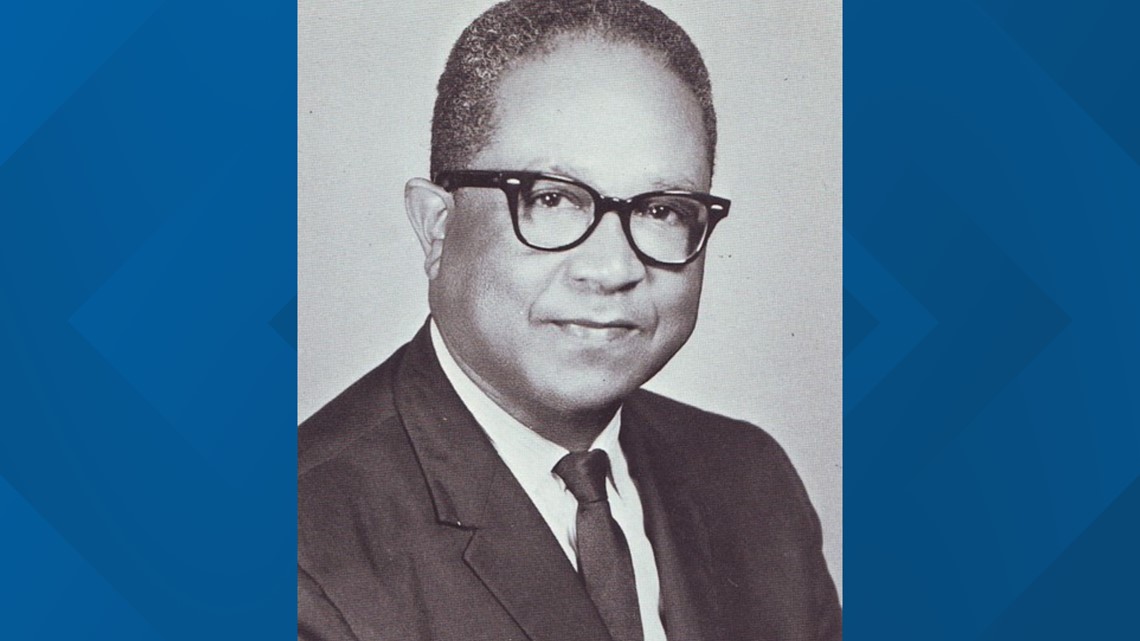
Ballard Hudson High School in Macon gained its reputation, in part, because of it's successful alumni. Former graduates and historians say it is impossible to talk about Ballard-Hudson without talking about the late Dr. Riago Joseph Martin.
Dr. R. J. Martin was born in Mobile, Alabama in 1905. He married Myrtle Balasco of Mobile, and they had one daughter named Carol Martin Hadley.
Mrs. Hadley is still living in Macon and provided details about her father's career.
Reverend Henry, C. Fickling of Macon said Dr. Martin, greatly assisted with the integration of Bibb County Schools and said his devotion to moral and spiritual development made him a sought-after person.
“When one speaks of education in advisement for African Americans in Bibb County, it invariably is traced back to Ballard-Hudson High School and Dr. R.J. Martin. He was a man such like we shall not soon see again," Fickling said.
At one time Macon’s Pleasant Hill community had two all-black high schools - Hudson High School, and Ballard High School. In 1942 the Bibb County Board of Education, under then Superintendent, Mark Smith, selected Dr. R.J. Martin to be principal of combined Ballard-Hudson High School.
Dr. Martin was the only person to serve as principal of both the new high school and the combined Ballard-Hudson Senior High School. Martin was the principal of Ballard Hudson Senior High School from 1949 to 1970. The school was located on Anthony Road and closed in 1970.
Today it is Ballard-Hudson Middle School.
Before arriving in Macon, Dr. Martin’s leadership successes included: Avery Institute in Charleston, South Carolina, Lincoln Academy in Kings Mountain, North Carolina, Central High School in Waycross Georgia, and Henry County Training School in McDonough Georgia.
Dr. Martin was the first African American elected to the Bibb County School Board in 1972. He served on the board for 12 years.
So pronounced was his influence while serving on the board, Rev. Fickling says he was often referred to by Maconities as “the Black superintendent.”
When Dr. Martin retired in 1970, his educational leadership positions grew across Macon, the state of Georgia and the nation.
His historic impact could be seen on many levels of education. Dr. Martin assisted in organizing the GAE in 1970. Among the many roles he served included the Presidential Commission on Education and was president of the American Teachers Association when it merged with the National Education Association.
His civic affiliations were many, including Vice Chairman of the Macon Hospital Authority.
Dr. R.J. Martin was the first minority member of the Bibb County Democratic Executive Committee and the first Black Chairman of the Democratic Party in Bibb County. He was also recognized by former President Bill Clinton for his service.
Dr. R. J Martin received more than 70 resolutions, proclamations, plaques, certificates, and awards for his service. He was a devoted member of Saint Peter Claver Catholic Church in Macon.
On January 1, 2005, The Wimberly Institute marked Dr. Martin’s 100th birthday with a special city-wide celebration held at St. Peter Claver Church.
Dr. R. J. Martin died in 1995. His wisdom stretched beyond the African American students he directly impacted, and developed and enhanced the entire Macon-Bibb community.
Gloria Washington

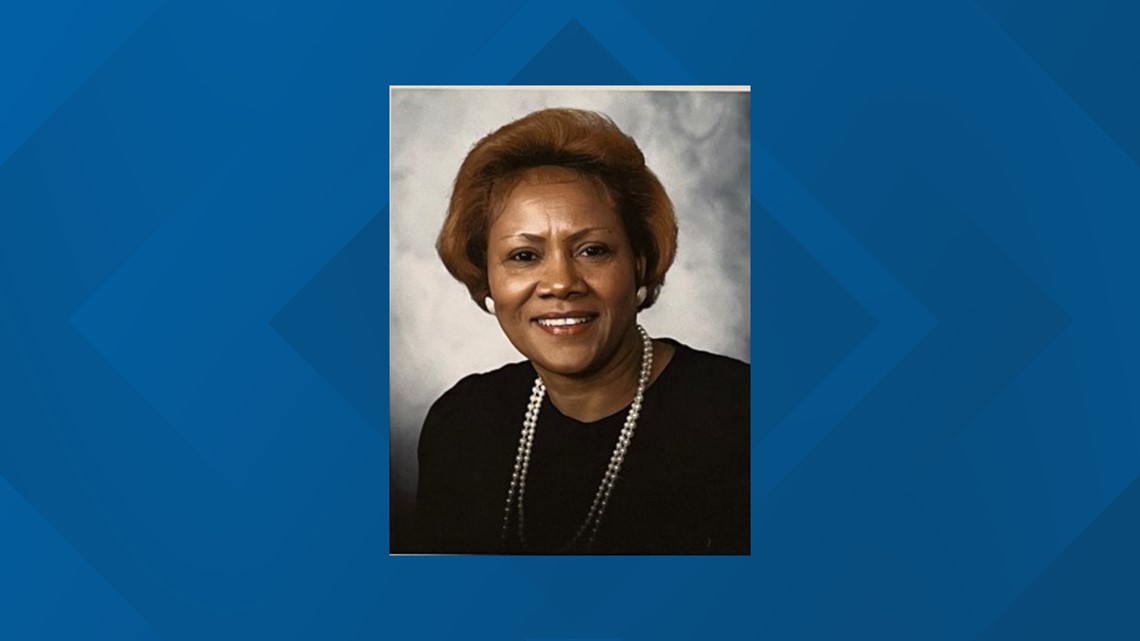
Gloria Washington was an educator and community leader. She was born in Montgomery, Alabama, in 1928. Gloria Washington is recognized as the first African American woman to serve as principal of an integrated high school in Macon, Georgia. In the 1980s, Southwest high school was reported to be the largest high school in the nation in terms of campus size and attendance numbers.
Washington’s educational degrees included bachelor’s degrees in English and Social Studies from Spelman College in Atlanta. This was followed by a master’s degree in Guidance Counseling from Fort Valley State College, and Education Administration and Specialist degrees from University of Georgia and Atlanta University.
The respected educator worked for almost 40 years in Macon and Central Georgia. She took her nurturing spirit and concern for the development of students and began working as a guidance counselor at Margaret McEvoy Senior High School. She worked her way up to Assistant Principal and ultimately Supervisory Principal in 1972.
Gloria Washington would spend 21 impactful years at Southwest High School. She was appointed Supervisory Principal of Southwest on October 1, 1980, and served until 1989.
Washington’s impact extended beyond the schoolhouse. Her leadership was seen in her church community. She was a trustee of the historic Tremont Temple Baptist Church. She served on the boards for the Museum of Arts and Sciences, the Tubman Museum, Macon Cherry Blossom Festival, the Grand Opera House, the American Cancer Society, the Affirmative Action Committee for the City of Macon, and many other community committees. She also served on higher education boards.
Over the course of her life, she received many awards including the Governor’s Statewide Volunteer of the Year Award in 1980. In 1981, the National Association for the Advancement of Colored People (NAACP) proclaimed her the Most Influential Woman in Middle Georgia.
You can find an educational display celebrating Gloria Washington at the Tubman Museum in downtown Macon.
One of her significant quotes reads, “At the core of my basic philosophy is a genuine belief in and respect for the worth, dignity and uniqueness of the individual.”
Gloria Washington died in 1998.
Cathay William - Only Female Buffalo Soldier

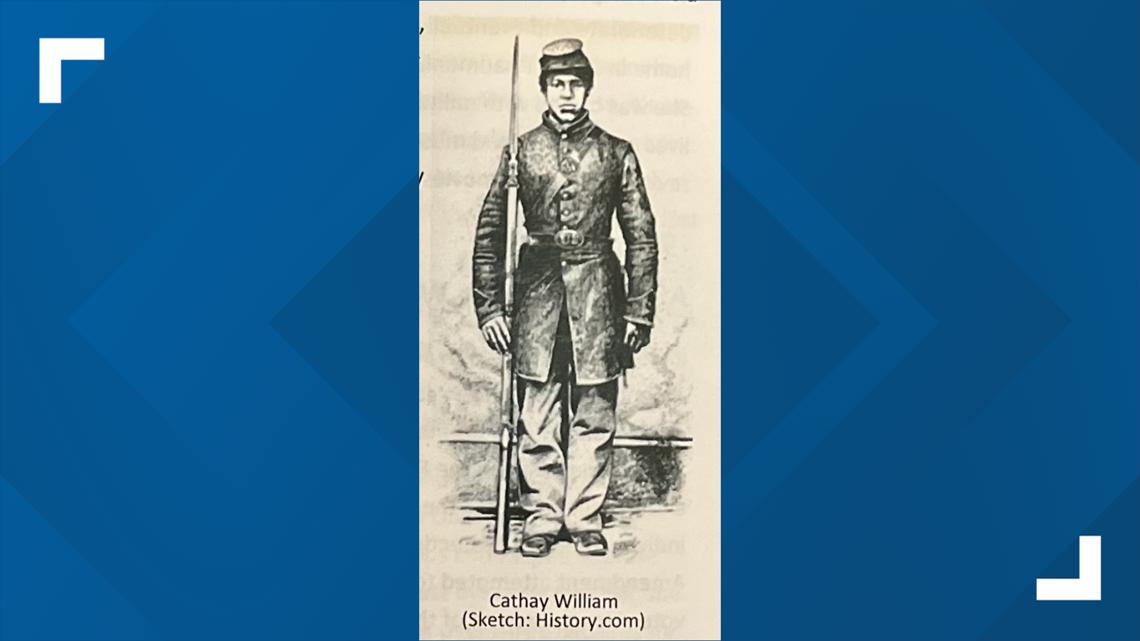
Here is a true black history story about a female Buffalo Soldier. Her name was Cathay William. But to fellow Buffalo Soldiers, she was known as a man named William Cathay.
According to historian Lonnie Davis, Cathay William was very familiar with war before enlisting to fight with the Buffalo Soldiers. She was a slave during the Civil War. She went on to work as a wash woman, a cook, and a nurse. She followed the union army, specifically General Sherman’s army. But after the war, she realized that nursing pay did not compare to that of a soldier. So, she enlisted in the United States Army as a man.
Cathay William served with the Buffalo Soldiers as a man for several years. The only people who knew and kept her secret were a cousin and a close friend. William was never discovered to be a woman until one day she got so sick she had to be hospitalized. That was when the surgeon discovered that she was a woman and not a man.
Davis says it was easy for her to hide her sex during the initial army physical, because unlike today, soldiers did not have to disrobe for their physicals.
Historian Davis says The U.S. Army did not discharged Williams because she falsified her enlistment documents. She was discharged because she was too sick to function and serve with the rest of the soldiers. The doctor never not identify her true sex.
But it wasn't until several years later that a newspaper reporter got wind of her story and interviewed William about her time as a Buffalo Soldier. Davis says she Cathay William had applied for her pension, but never got it. She was denied her pension on the grounds that she falsified her enlistment documents.
But despite that, Cathay William still gains the historic recognition as the only woman to serve with the Buffalo Soldiers.
Buffalo Soldiers from Macon

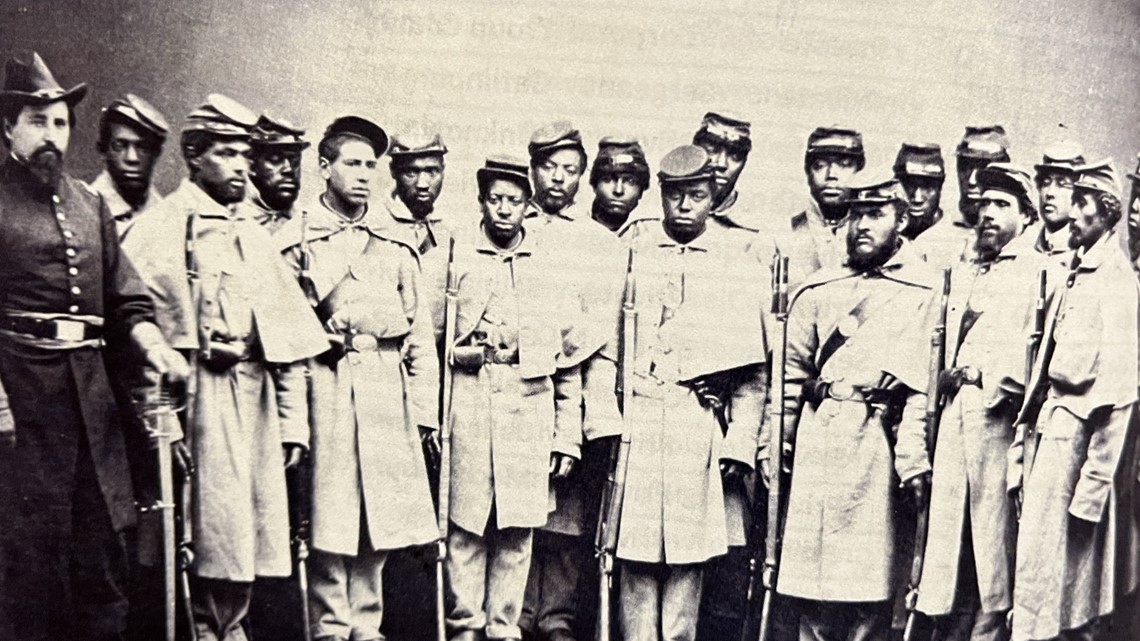
Historian Lonnie Davis of Macon has done extensive research into the Civil War era following slavery. He has come across a lot of interesting facts about the role of freed slaves in the military starting in the mid-1860s.
One of the most interesting facts is that black troops from the Macon area would go on to become known as the Buffalo Soldiers. Davis says when the U.S. military downsized, Black people worked to stay in the military and traveled west for what was called the “Indian Campaigns”.
Davis says the Indigenous People of that time gave the Black soldiers the new name of “Buffalo Soldiers”. He says the 9th and 10th Calvary, and the 24th and 25th Infantry were the only Black troop out west during the “Indian Campaigns”. They earned the respect of the Indigenous People who renamed the Colored Troops the Buffalo Soldiers.
Davis says this is because they were comparing their bravery, their tenacity and their hair texture to that of the American bison, or what we call the buffalo.
Davis says most people also do not realize that the last three colored regiments of the Union army were organized right here in the city of Macon.
In 1865 General Harris Wilson recruited black soldiers for what became known as the “Wilson Raid”. It covered Tennessee to Selma and from Selma to Macon. Black people joined quickly realizing that they could get out of the South and get to freedom by joining the Union Army. Davis says they also realized that they could receive a little pay or rations for their service.
By the time Wilson arrived in Macon, he had recruited 27 hundred former slaves, according to Davis. Under the direction of President Abraham Lincoln, the Secretary of War Edward Stanton named these three regiments of colored troops. They were identified as the 136th, 137th and 138th.
These three colored regiments along with a fourth Ohio regiment of white soldiers were supposed to become the occupation army for the state of Georgia. Commander Andrew J. Alexander gave them the name African Brigade, because of some of the soldiers that General Harrison Wilson had recruited listed their place of birth as Africa.
David says the black troops were scattered throughout the state of Georgia to enforce the Freedmen's Bureau directive. This was for former slaves to now get signed contracts and fair wages for work. The 136 was sent to Atlanta to 137 was kept here in Macon. And 138 was eventually moved to Augusta.
The Freedmen’s Bureau was eventually eliminated in Georgia for several reasons.
Many black soldiers wanted to stay in the army and some traveled to Tennessee. Unknown to the black soldier was Congress ‘mandate to reduce the size of the military.
In 1969, the three regiments were broken up into smaller brigades that traveled out west.
To hear and see a complete detail of Georgia’s African Brigade check out Lonnie Davis’ presentation titled, Slave to Soldier. These presentations happen each Saturday in February during Black History Month. Here are the times and locations:
Tubman African American Museum, Macon: February 10th at 2 p.m.
Ocumlgee Mounds National Historic Park, Macon: February 17th at 2 p.m.
Tubman African American Museum, Macon: February 24th at 10:30 a.m.
Panthers: U-18 Hockey Team
Minnesota's Summer Showdown is where youth hockey shines and young players immerse themselves in the game. The annual weekend event draws young athletes from across the country. In July 2023, a group of players came together and made black history.
Thanks to a pair of hockey moms from California who just wanted their sons to have this experience, the Panthers U-18 hockey team was assembled. The National Hockey League’s Central Division’s Minnesota Wild showed the team some love. The professional ice hockey team gave the U-18 hockey team jerseys.
Delores Ann Brooks

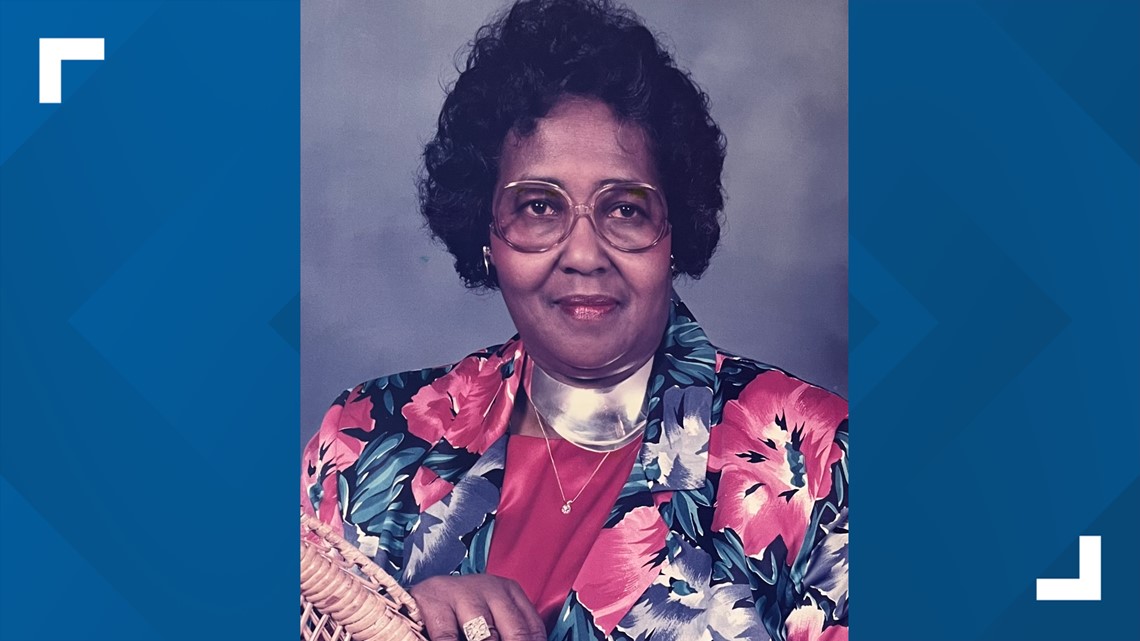
Delores Ann Brooks was born Dec. 10, 1935. The retired educator was known as a “political pioneer” and a “role model”. Mrs. Brooks made history in Macon by becoming the first black woman elected to the Macon City Council in 1974. She would go on to serve for more than 20 years with four re-elections. Mrs. Brooks served the East Macon community until Dec. 12, 1995.
She passed away Feb. 21, 2016, at age 80.
Mrs. Brooks was among four black men elected to council in December 1975.
She was not known for seeking the limelight, but she was known for being direct and getting her point across.
At the time of her death, Eddie Smith Sr., a former council member and retired pastor of Macedonia Baptist Church was quoted as saying, "She leaves a real legacy".
He went on to say, "Often, people say people leave legacies, and sometimes, I think it makes people feel good to say some things, but Delores does leave a real legacy," Smith said.
During her 20 years on council, Brooks often helped newly elected officials get acquainted with the process. Commissioner Elaine Lucas said she was among them.
"She had been there a number of years," Lucas said. "She was truly a mentor for me, taught me the ropes, taught me, showed me where everything was, and really encouraged me to stay there and be a good, elected official."
In December 2021, Macon-Bibb County and the Recreation Department dedicated the community center at East Macon Park on Ocmulgee East Boulevard as the Delores A. Brooks Community Center.

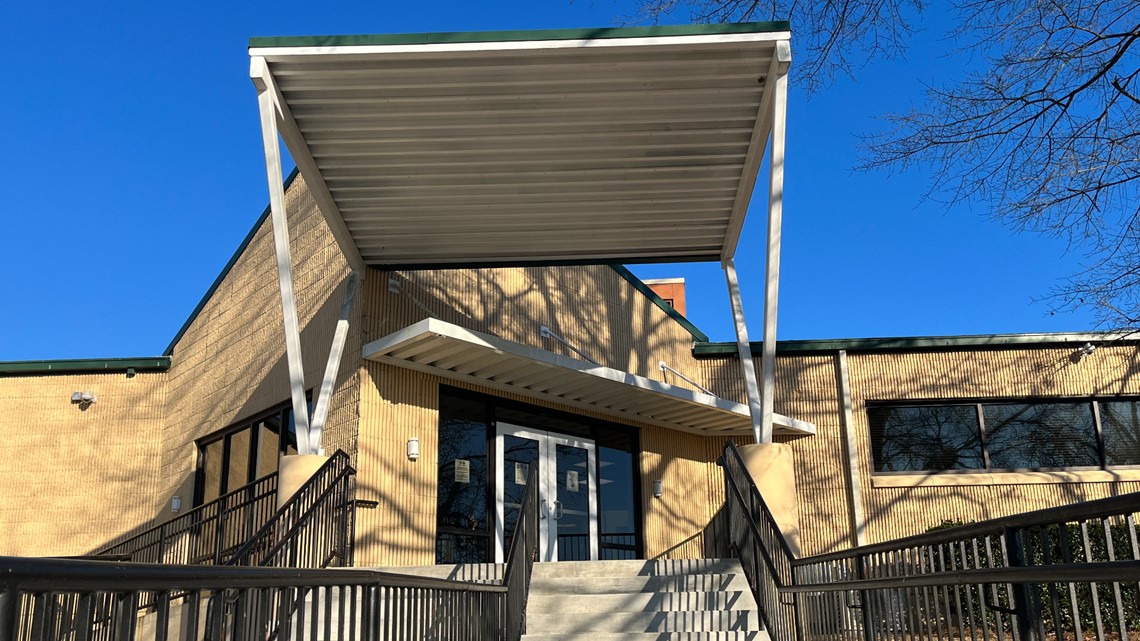
Dr. D.T. Walton Jr.


The late Dr. Dewitt Talmage Walton Jr. was born May 25, 1937, in Macon, Georgia. The Howard University graduate served the community for more than 43 years as a professional dentist and an advocate for people. He joined the United States Army Dental Corps and served from 1961 to 1963. He and his wife Joan return to Macon where he joined his father’s private practice, later developing his own clients. The couple has four daughters.
Dr. Walton Jr carried on the legacy of his father, Dr. DeWitt T. Walton Sr., who was a civil rights activist. Dr. D.T. Walton Jr played a significant role in the areas of education and community services in Macon. He was an influential voice in healthcare resources around Macon, Georgia and the U.S. Among the many community roles, he was the first person of color to be appointed to the Bibb County Board of Education.
As a leader in his profession, he served on many professional boards and organizations including the President of the Georgia Dental Society. He earned several fellowships including from the Academy of General Dentistry and the Academy of Dentistry International. He served as the Chairman of the Dental Advisory Committee of the Georgia Department of Medical Assistance.
Dr. D.T. Walton Jr’s concern for young people and the well-being of the community led him to may civic and government leadership roles. He was Vice Chairman of the Macon-Bibb County Transit Authority. Dr. Walton served on the board of directors for many organizations. Among some of them included: the Boys Club of Macon, the Community Foundation of Central Georgia, MidSummer Macon, United Way, Wesleyan College, the Greater Macon Chamber of Commerce, the Douglass Theatre and the American Cancer Society.
Walton also received many honors for his community work and his business success. Just a few of those organizations include the National Association for the Advancement of Colored People (NAACP), the State Bar of Georgia, his alma mater, Howard University, and his Omega Psi Phi fraternity.
In 1996, Walton was one of the bearers of the Olympic torch as it passed through Macon.
The historic Walton Building at 591 D.T. Walton Sr. Way, was named in honor of Dr. D.T. Walton Sr and was dedicated by son in 1982. This building stand as a testament of not only the Walton family success but that of the many successful African American businesses also housed in the structure.

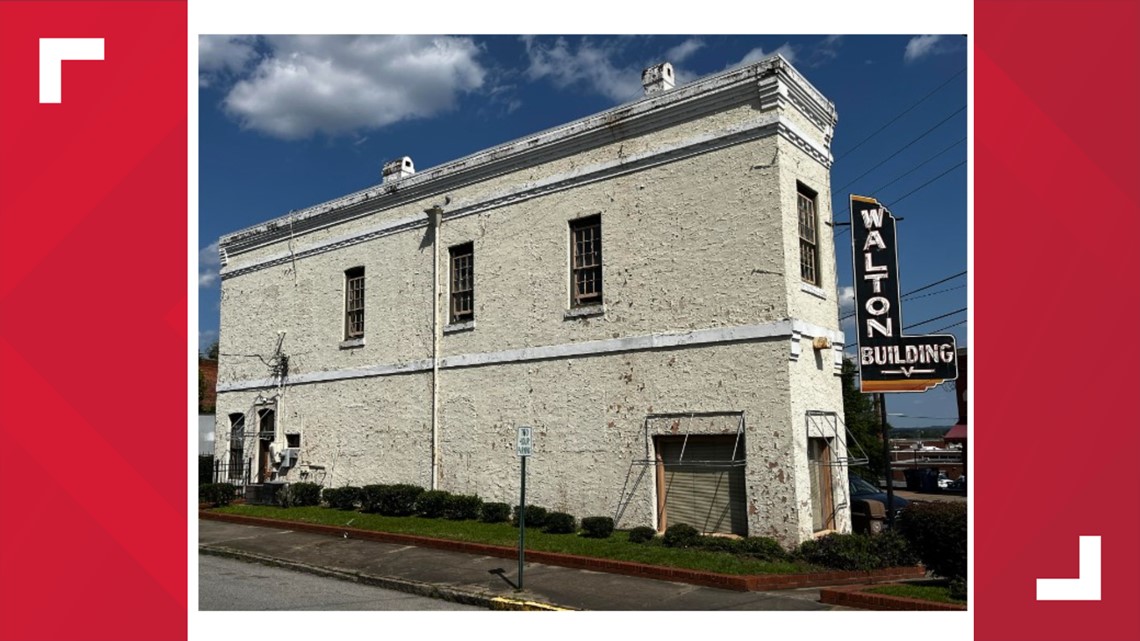
Many of those businesses prospered in the early 1900’s. It was built in 1887 and is on the National Registry of Historic Places. In 2023, Historic Macon Foundation took further steps to preserve it, by placing it on Fading Five List.
Dr. DeWitt T. Walton Jr. died January 10, 2007. His legacy of service lives on in the many people who have benefited from his work.
Bernice Cotton

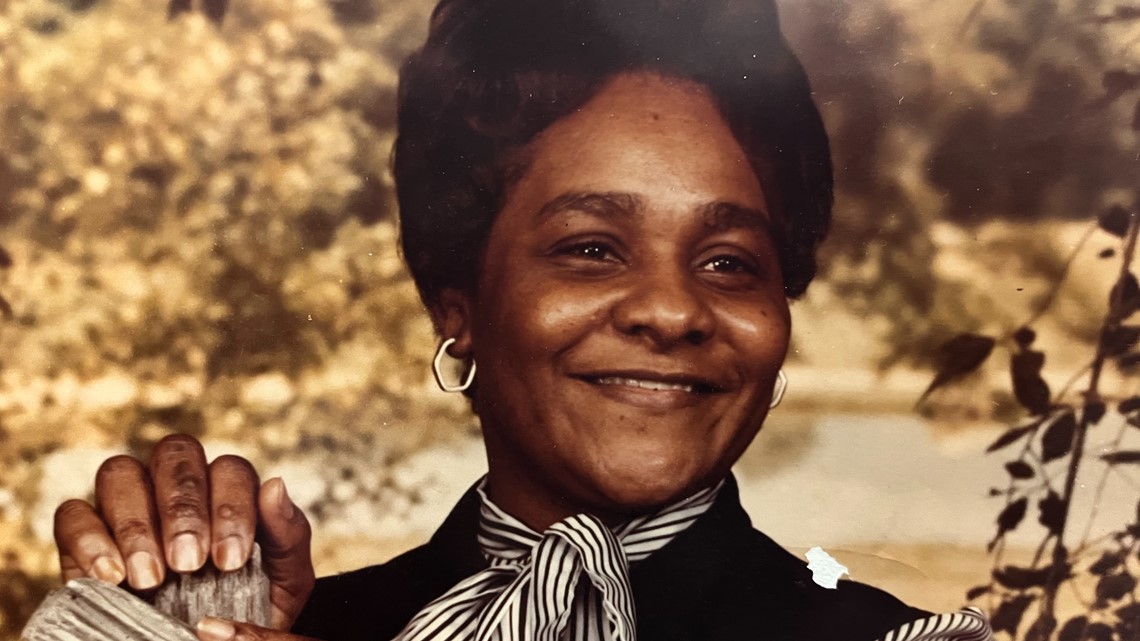
13WMAZ sat down to talk with Bernice Cotton at the Tubman Museum in the Wimberly Institute Reading Room and Adult Center.
Cotton shared how she began her journey into radio, music history.
She credits her husband Tommy Cotton, a member of the gospel trio, The Cotton brothers, gospel music, legends in themselves. Bernice Cotton and Tommy Cotton were married for 51 years and have four children. Bernice Cotton was also a well-known florist and caterer in Macon.
Here’s Bernice Cotton in her own words:
WHAT OTHER PEOPLE ARE READING:
13WMAZ+
Get more news and information from 13WMAZ by downloading our 13WMAZ+ app on our Roku and Amazon Fire Stick devices.
This allows you to watch more 13WMAZ on-demand and access your favorite 13WMAZ shows like Central Georgia Focus and our More Than a Number special.


